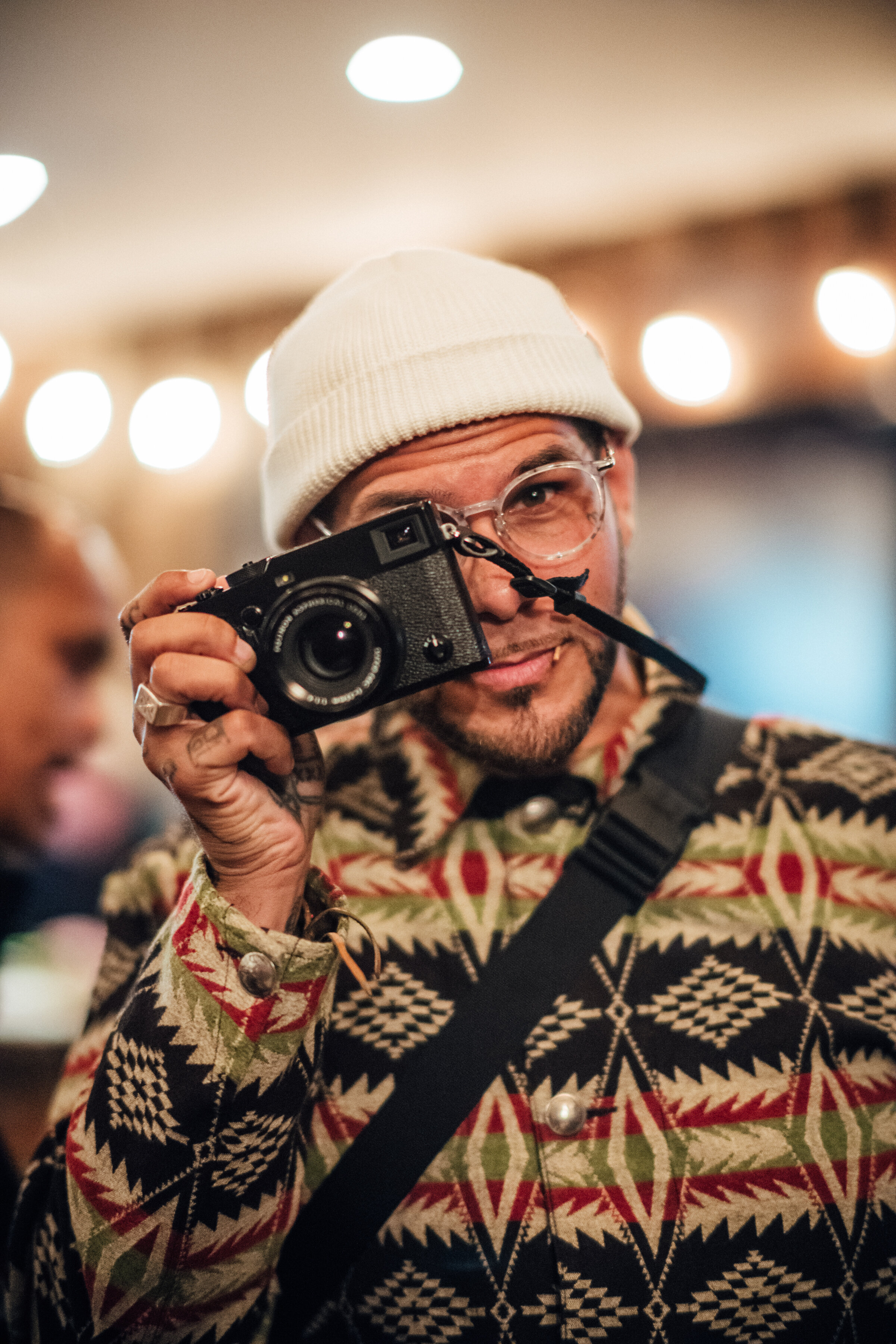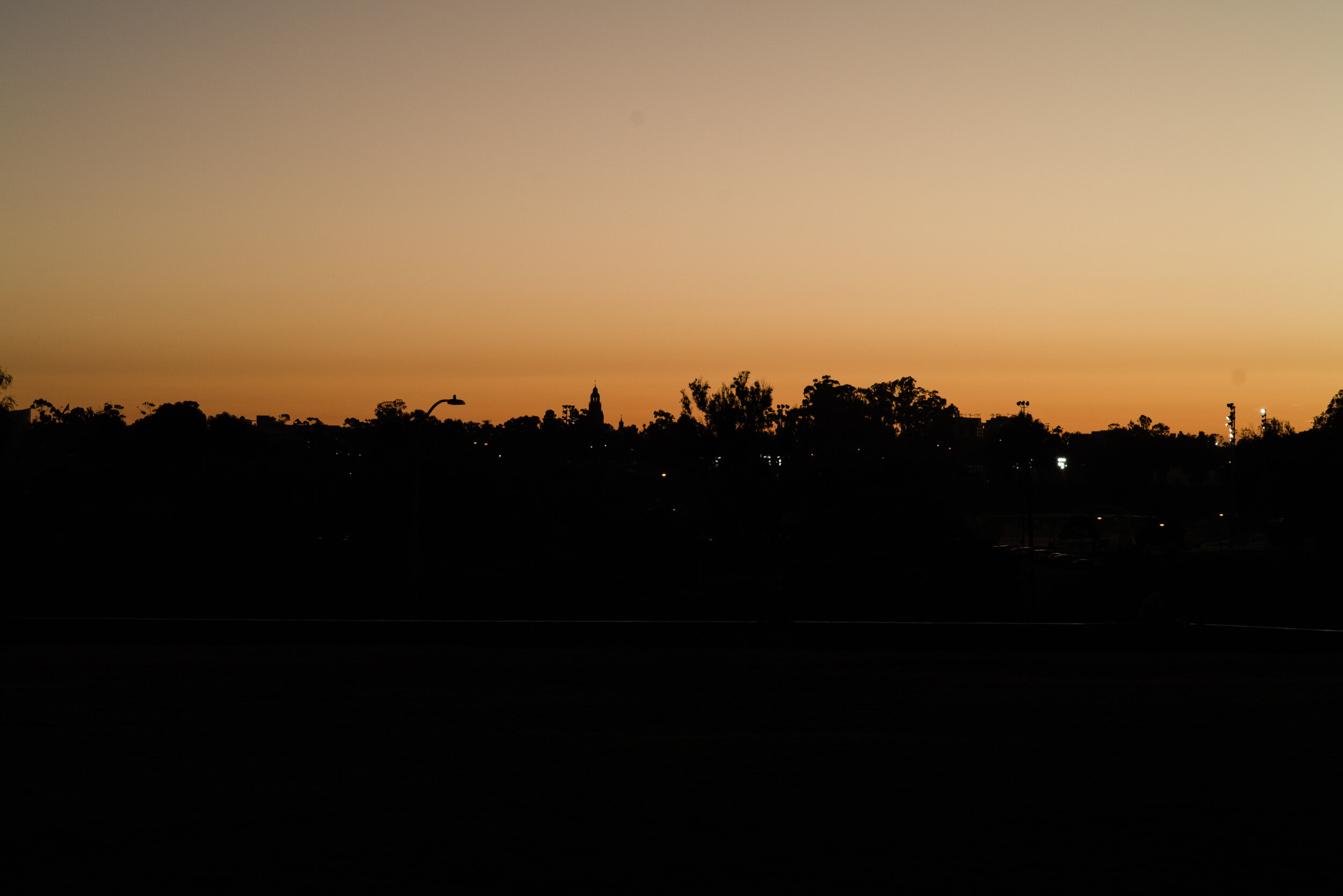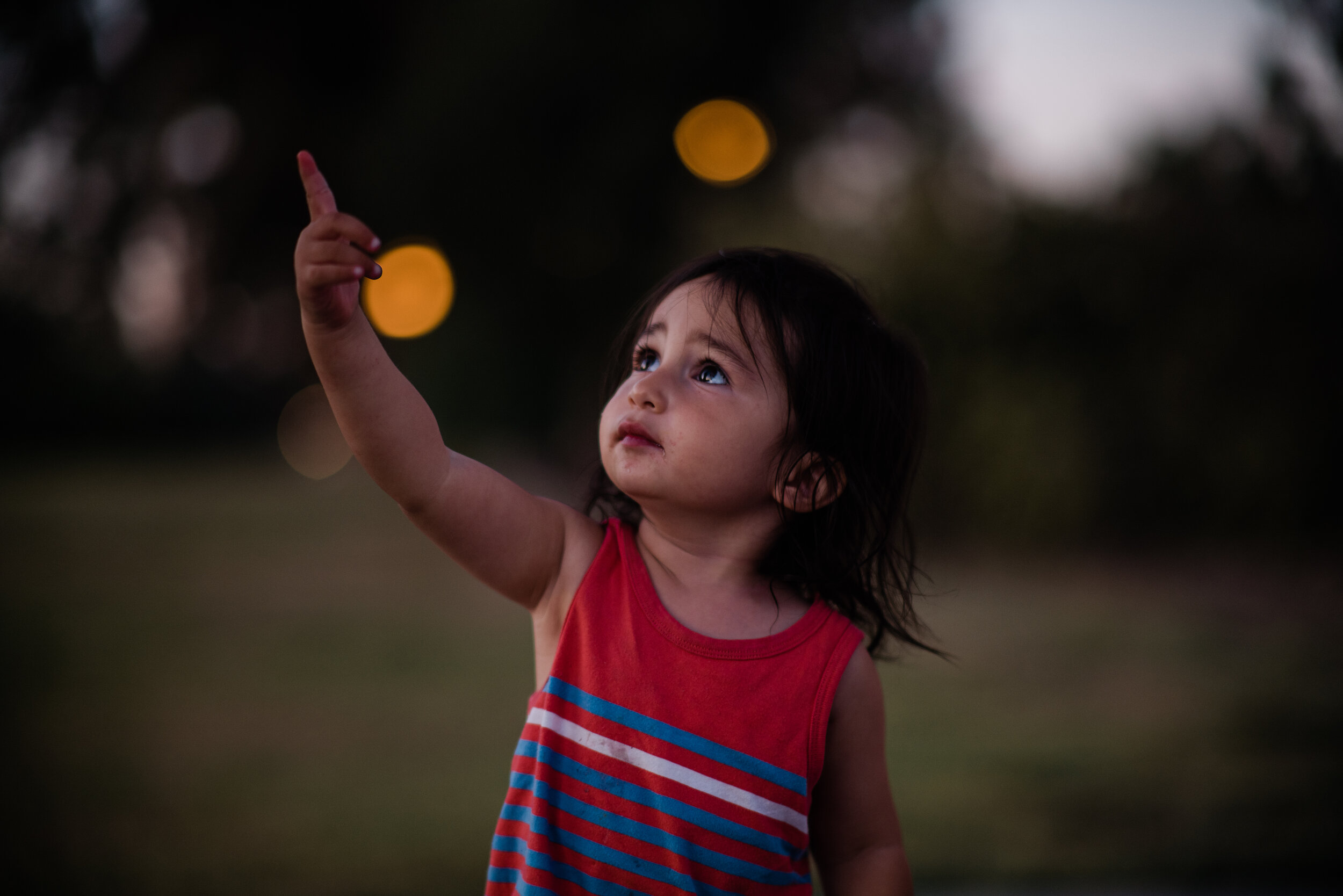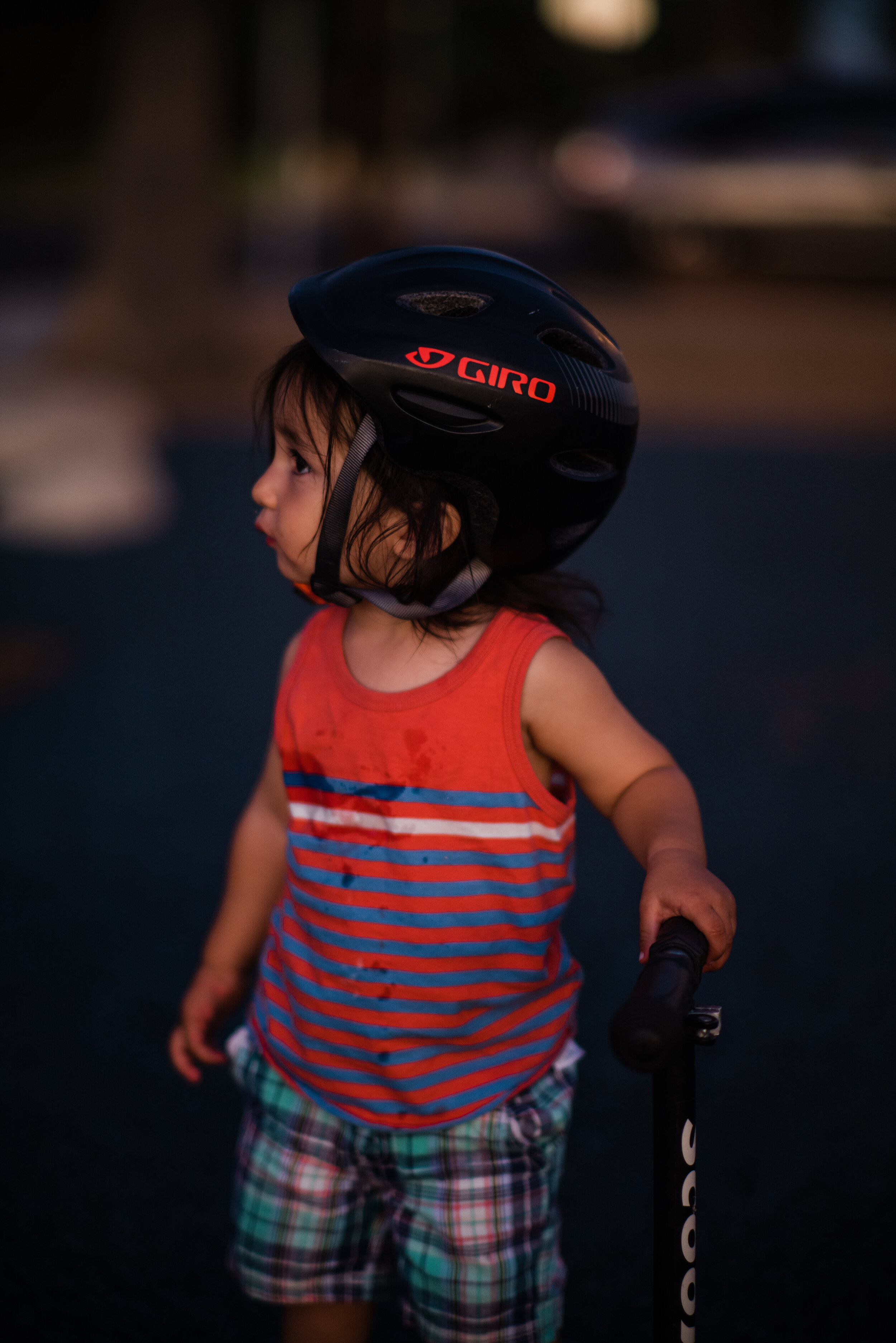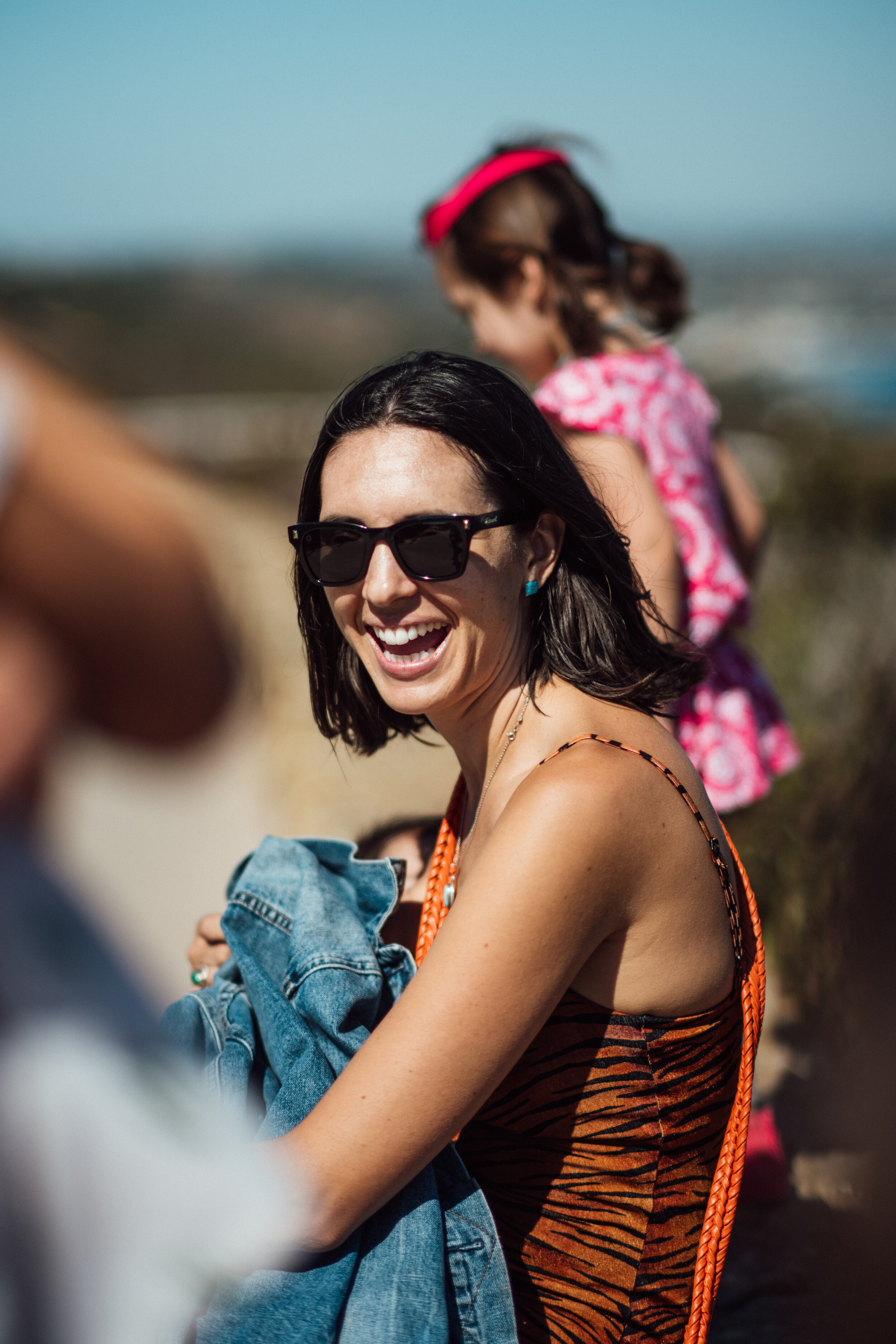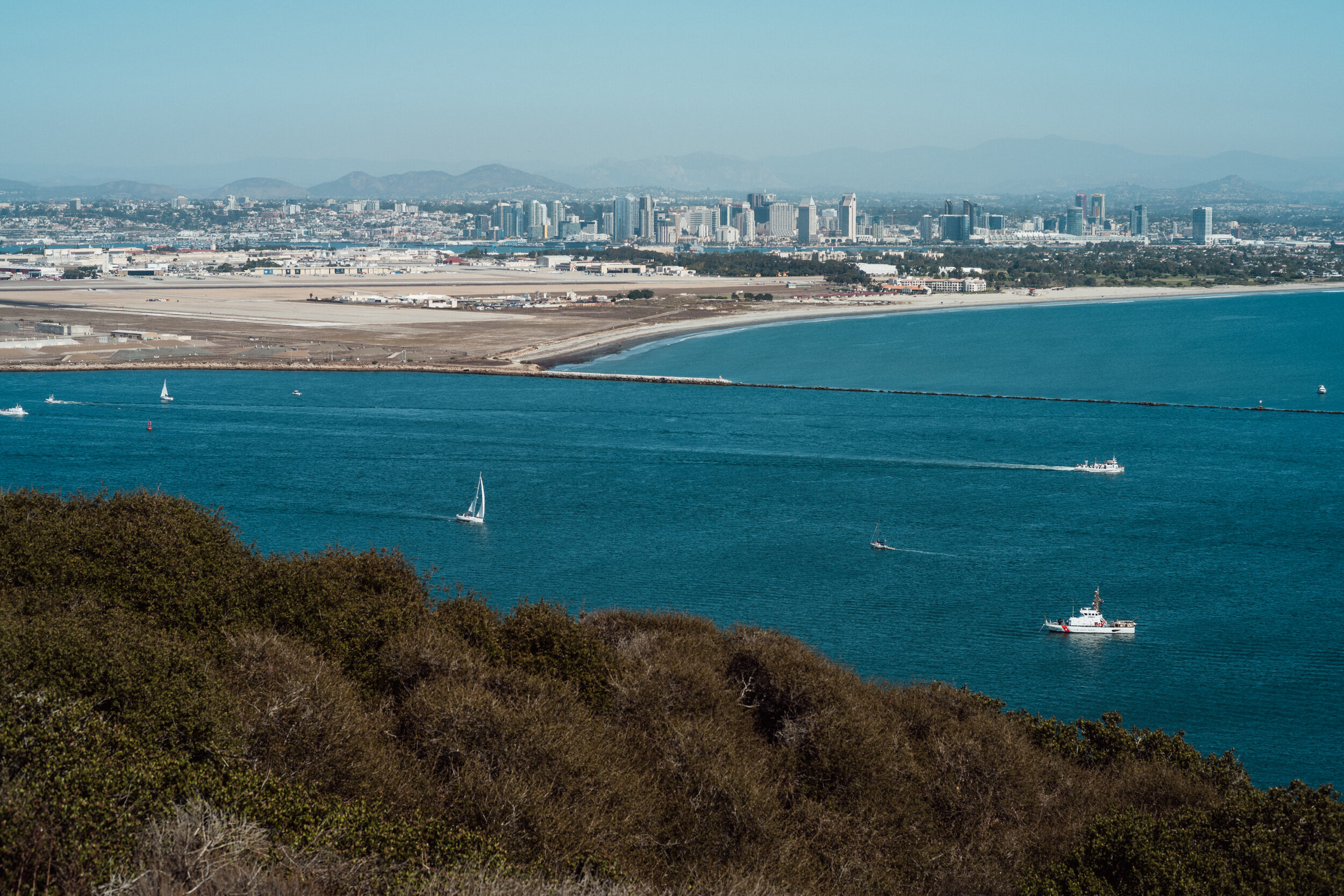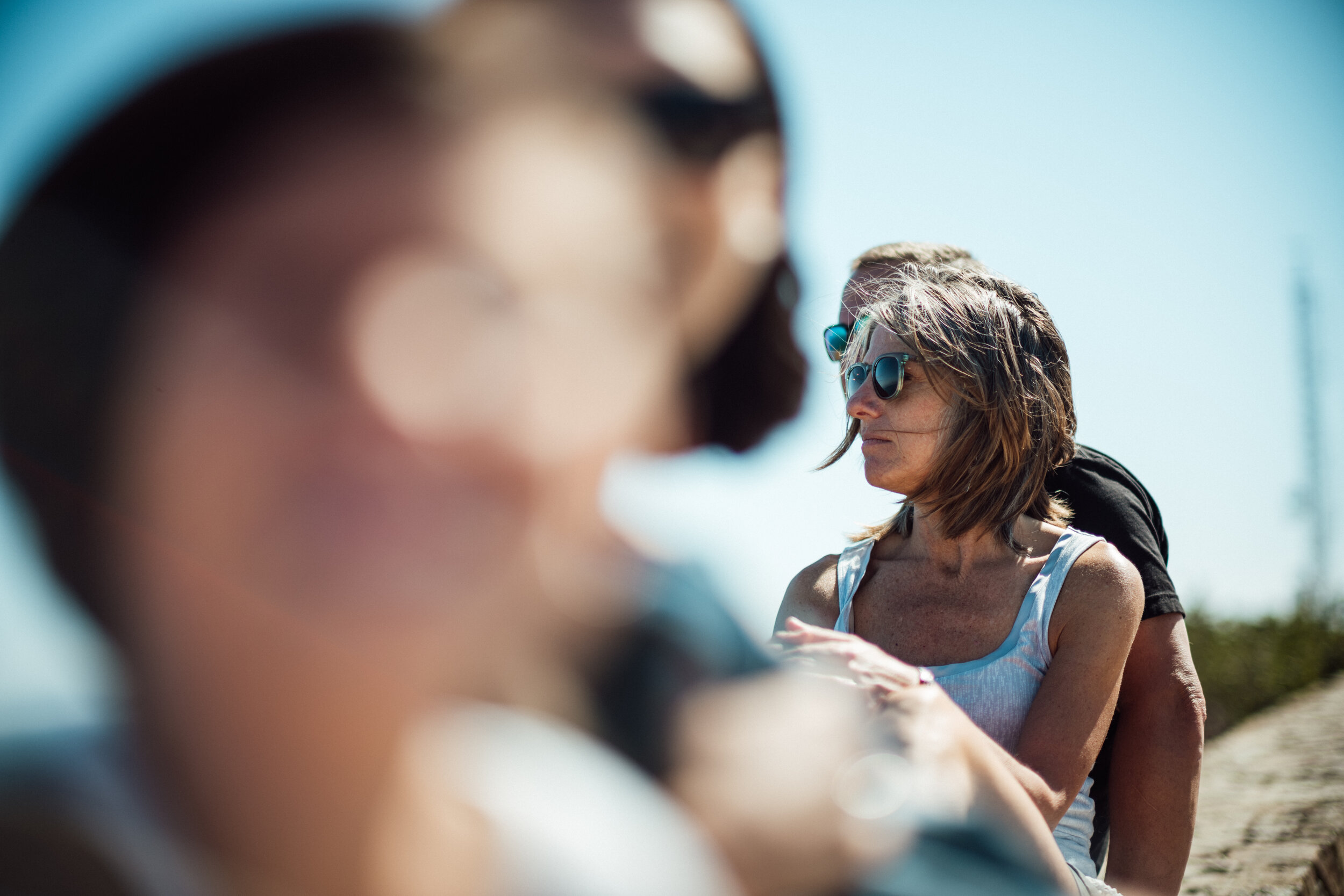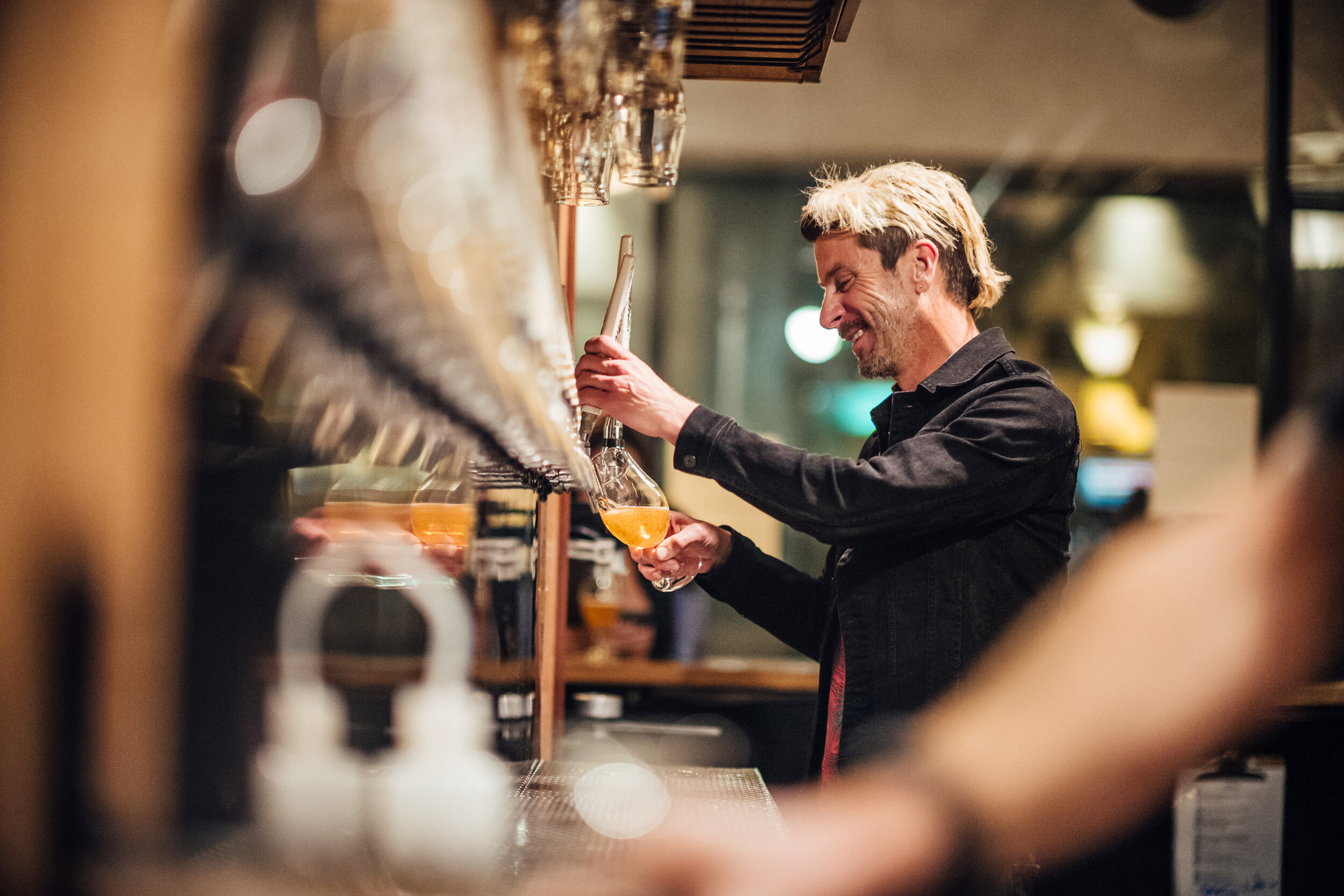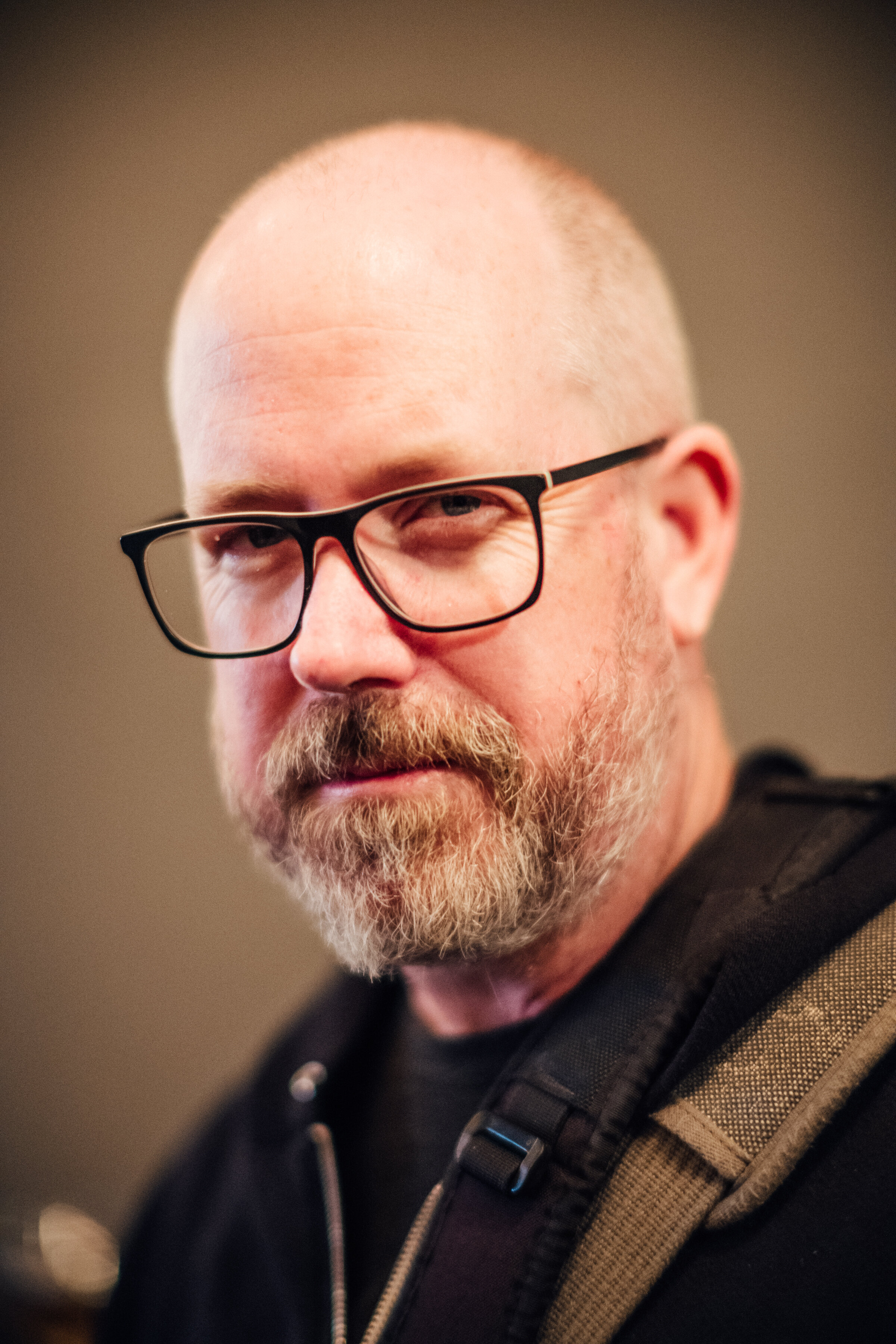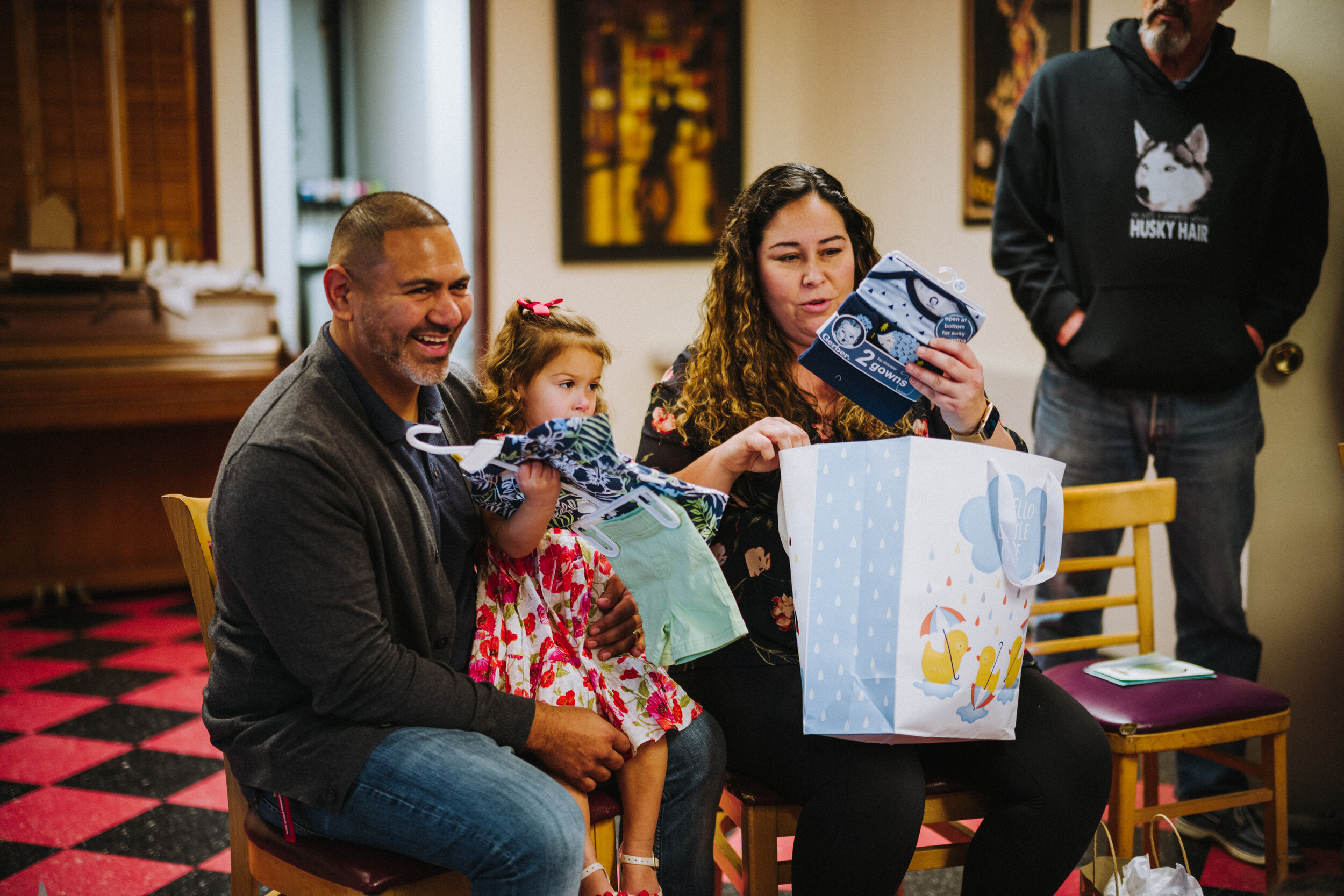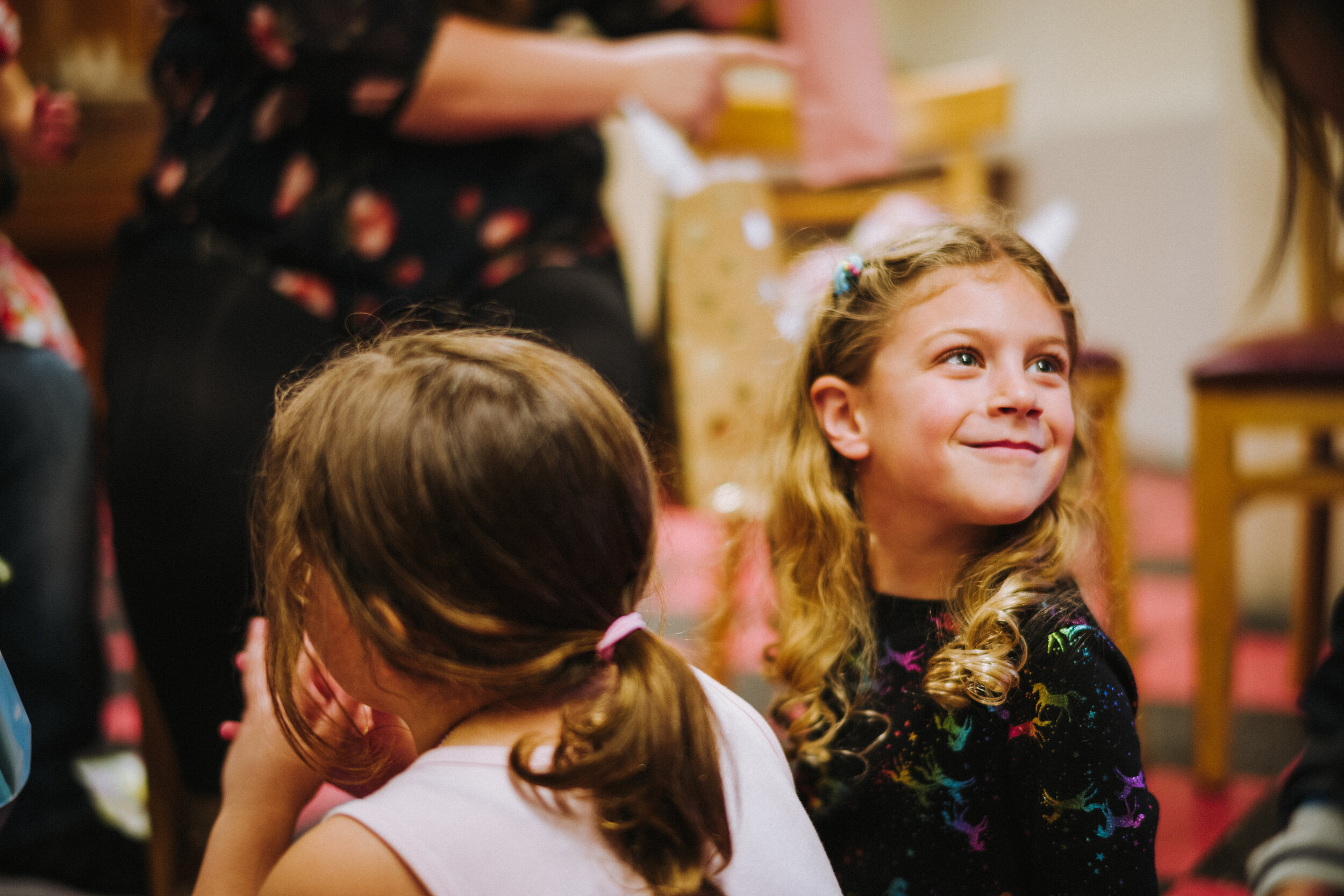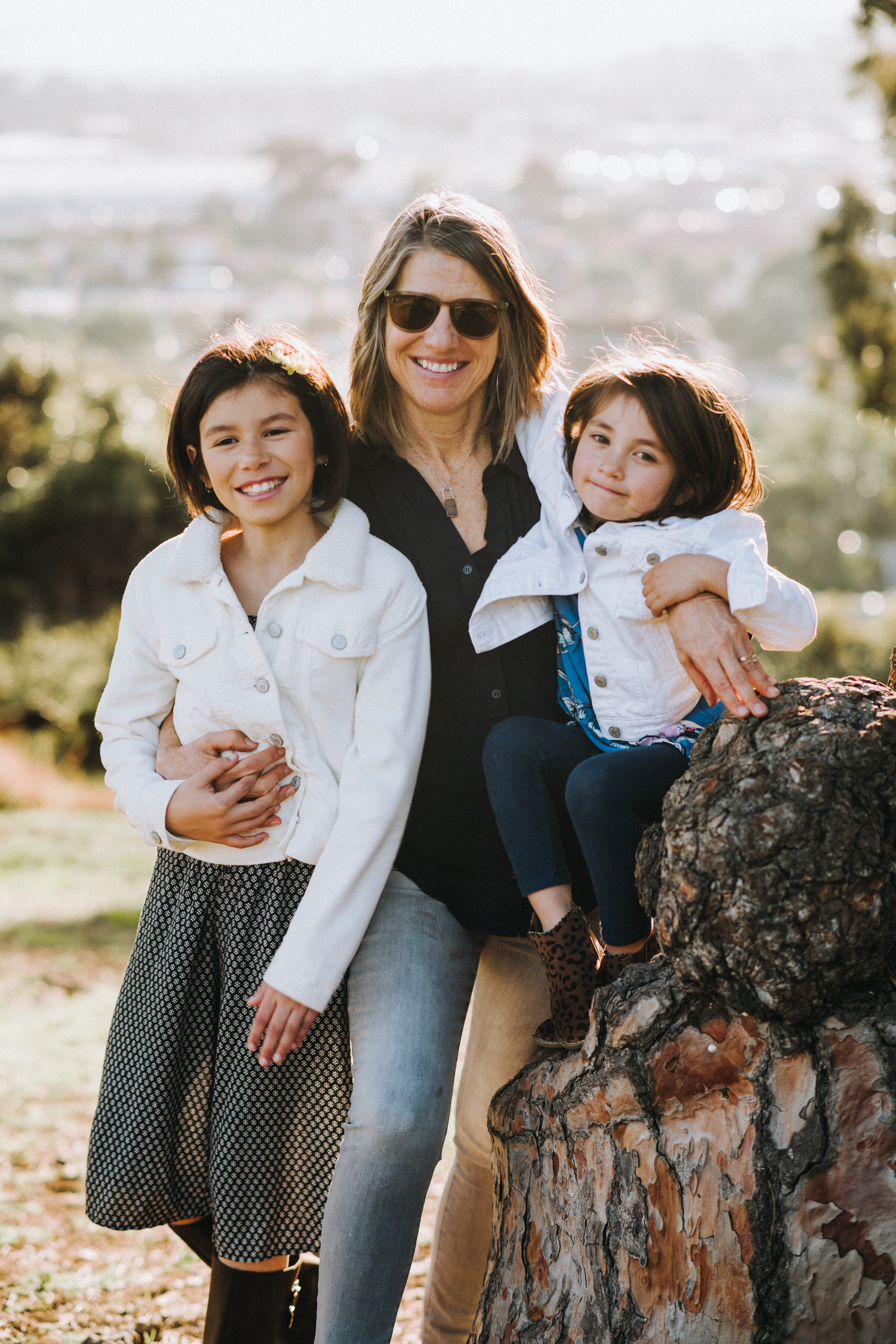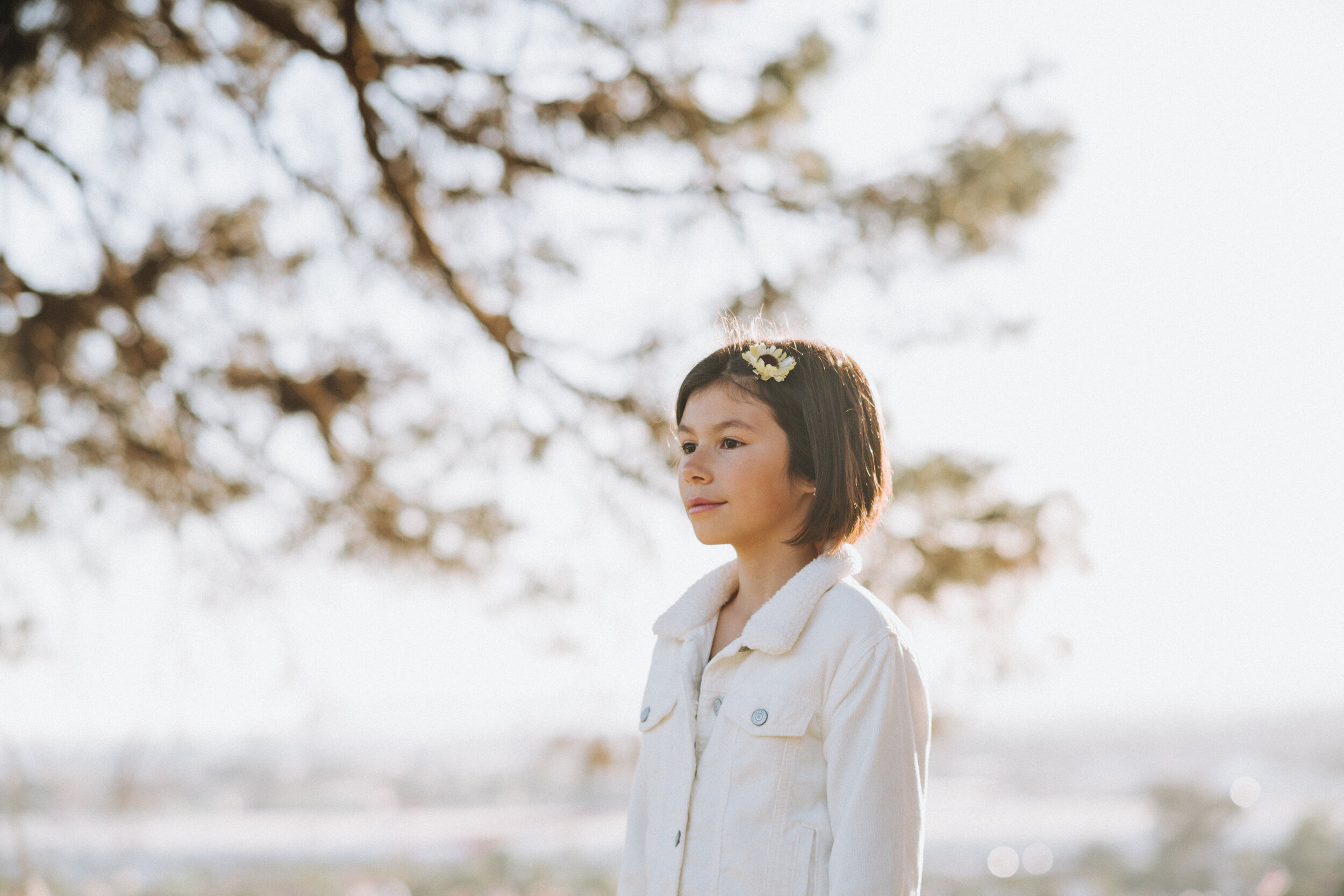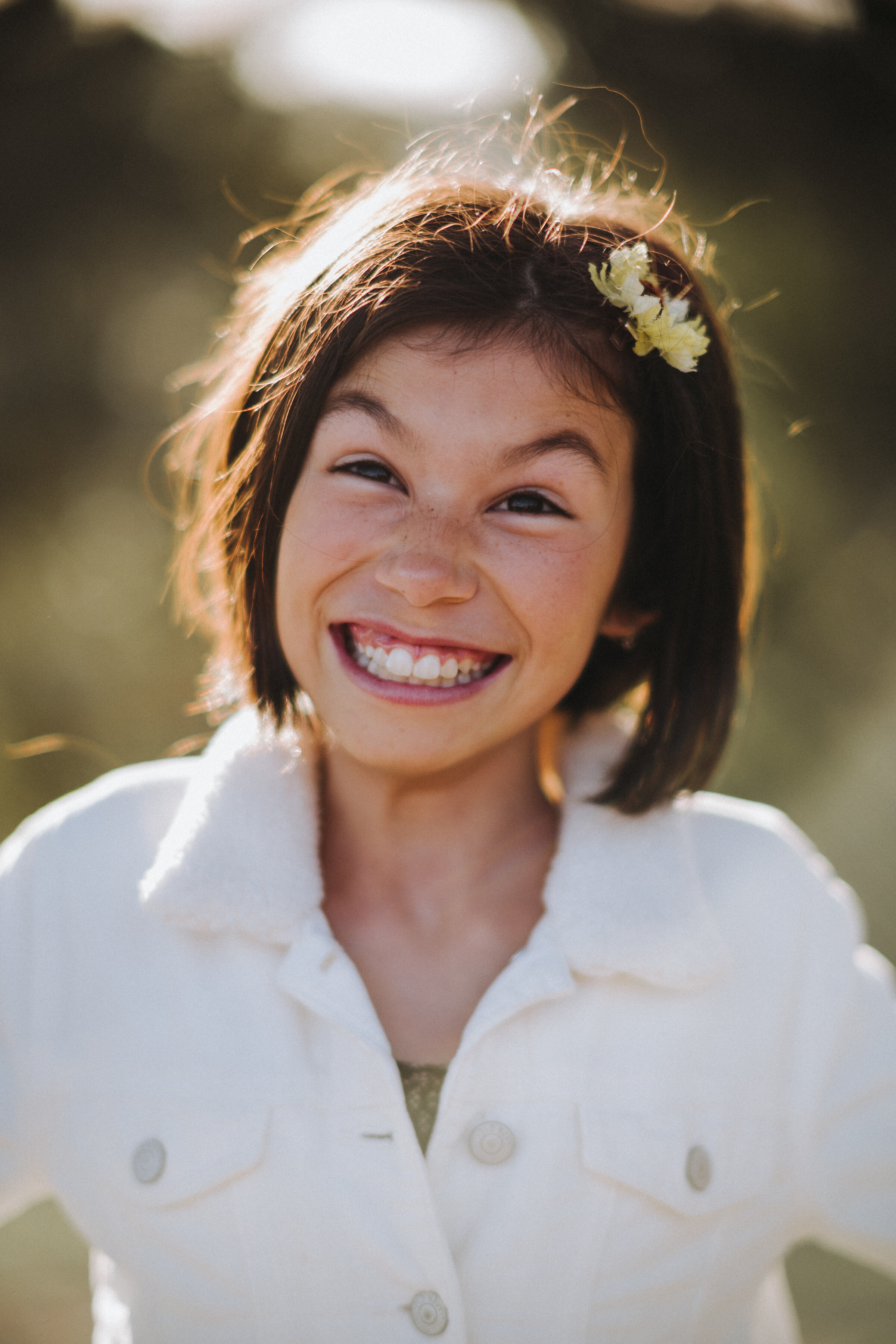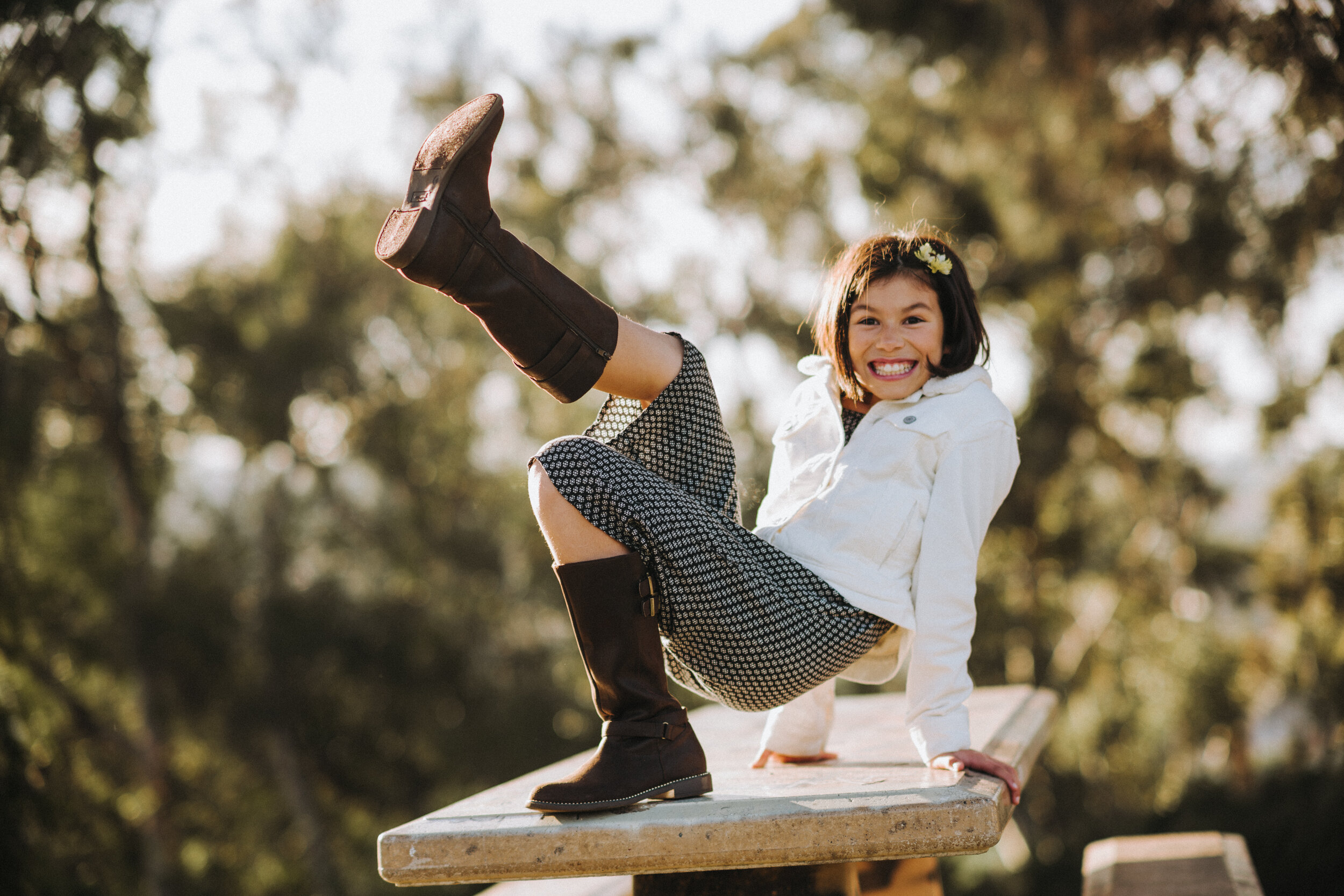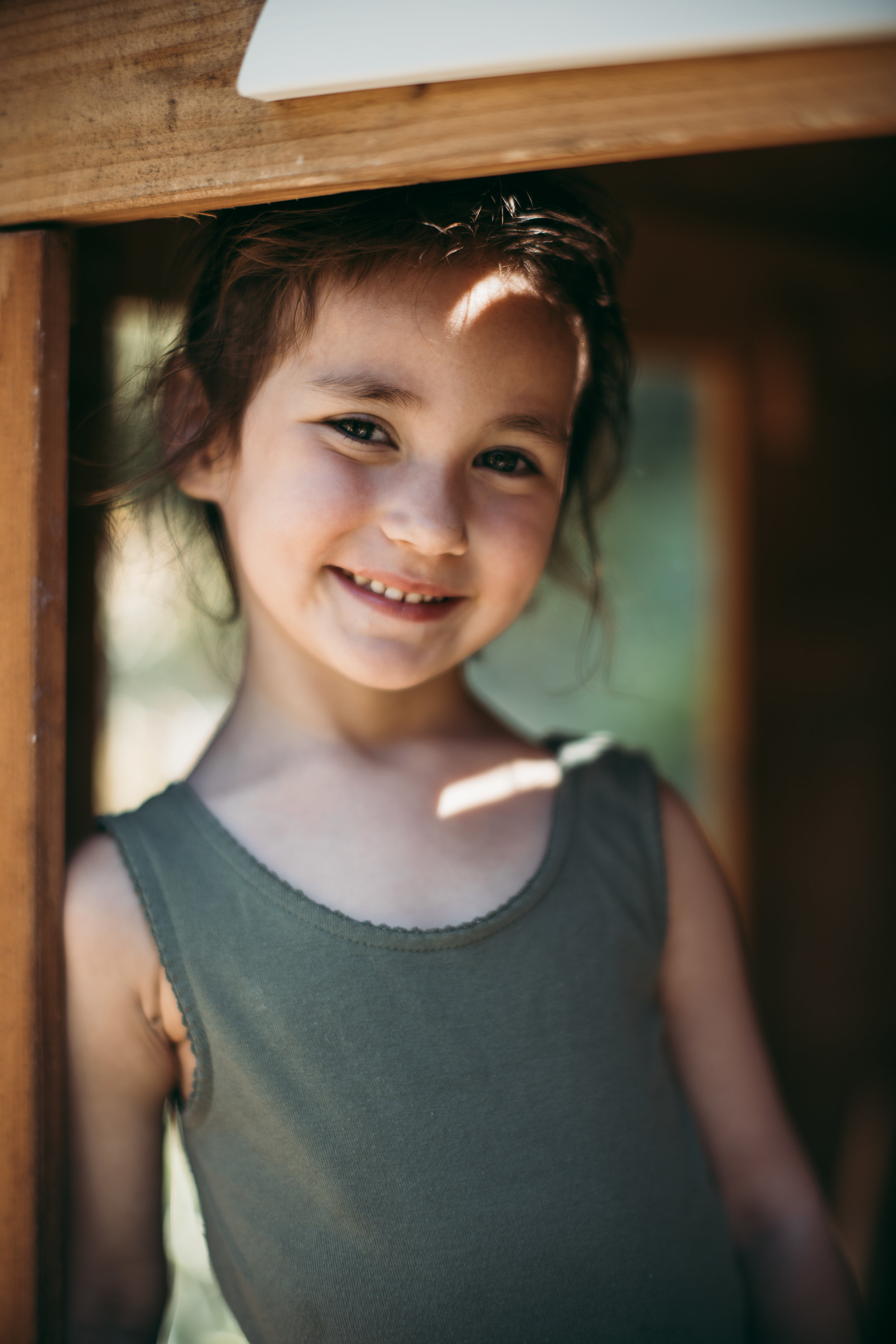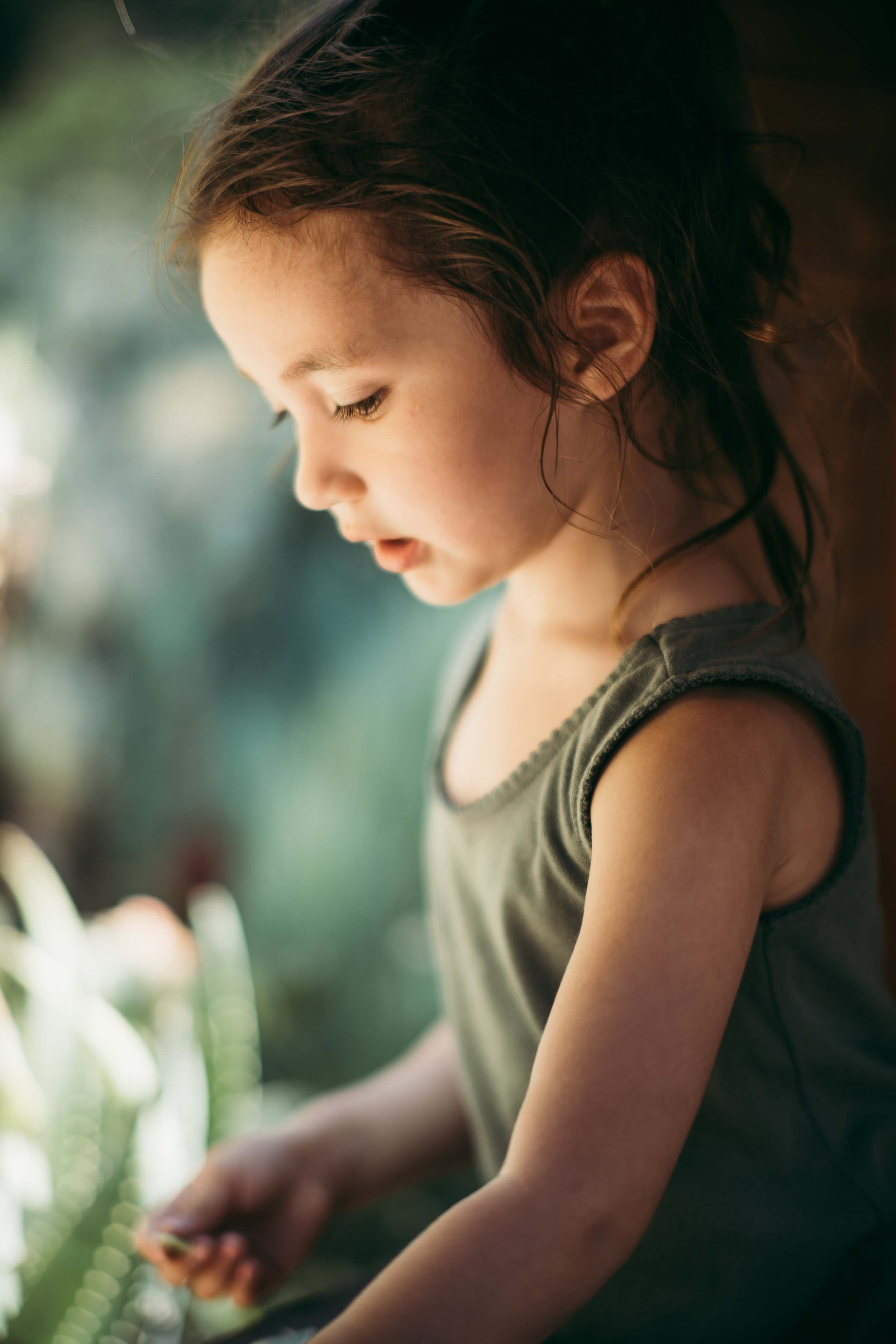New 75mm Lens Comparison; Voigtlander, 7Artisans and Leica R
I know, I know, 75mm is not a very common lens choice for most rangefinder shooters, or really most anything shooters in general. BUT if you are an APS-C/crop sensor shooter, and ever shoot with a 50mm lens then you Sir or Mam’ have shot a 75mm equivalent lens. So it really is more practical and useable focal length than most realize, and is especially useful for tunneling through crowds of people for documentary, event shooting and of course shallow DOF portraits.
We recently got our hands on the newest of Voigtlander’s offerings, the 75mm f1.5 Nokton Vintage Line from Camera Quest and picked-up 7Artisan’s fresh 75mm drop the 75mm f1.25. We of course decided to pit them both against our only other short-tele photo lens; the Leica Summilux 80mm f1.4 in R-Mount. Here is how they did…
To start, there are definitely differences in build quality across these 3 bodies. The Summilux 80 retaining the crown of best built, with its large heavy glass, supremely tight fit tolerances, smooth long throw focus ring and snappy aperture ring. The built-in hood is also a welcome feature one that neither of the other two lenses offer, though the Nokton does come with a hood as part of any purchase. The second best built would have to be the Voigtlander 75mm. It’s much, much lighter than the Summilux 80mm, with a more tinny build, feeling less dense but maintaining a sense of quality that the 7Artisans cannot quite match even though it is much heavier. The 7Artisans 75mm, though feeling quite heavy, is still nicely put-together with a feel that is 75% in similarity to what the Summilux feels like and after seeing the photos, the glass is about 75% quality as well.
Does one need a 75mm lens, I would argue yes. And though I’ve been a 50mm guy for as long as I can remember, after shooting extensively with several 40mm lenses, especially the new Voigtlander 40mm f1.2 Nokton (which is crazy good), I would argue you are better off with a 40mm and a 75mm then a 35mm and a 50mm in your kit. You can 100% quote me on this. Right now my go to prime lens set-up is a fast 24mm or 28mm (Olympus Zuiko 24mm f2.8 or the 28mm f1.4 from 7Artisans), a 40mm f1.2 Nokton and a short tele-photo which was where our Summilux 80mm spent most of its time.
Which lens will be that one I grab to complete this trifecta? Lets find-out.
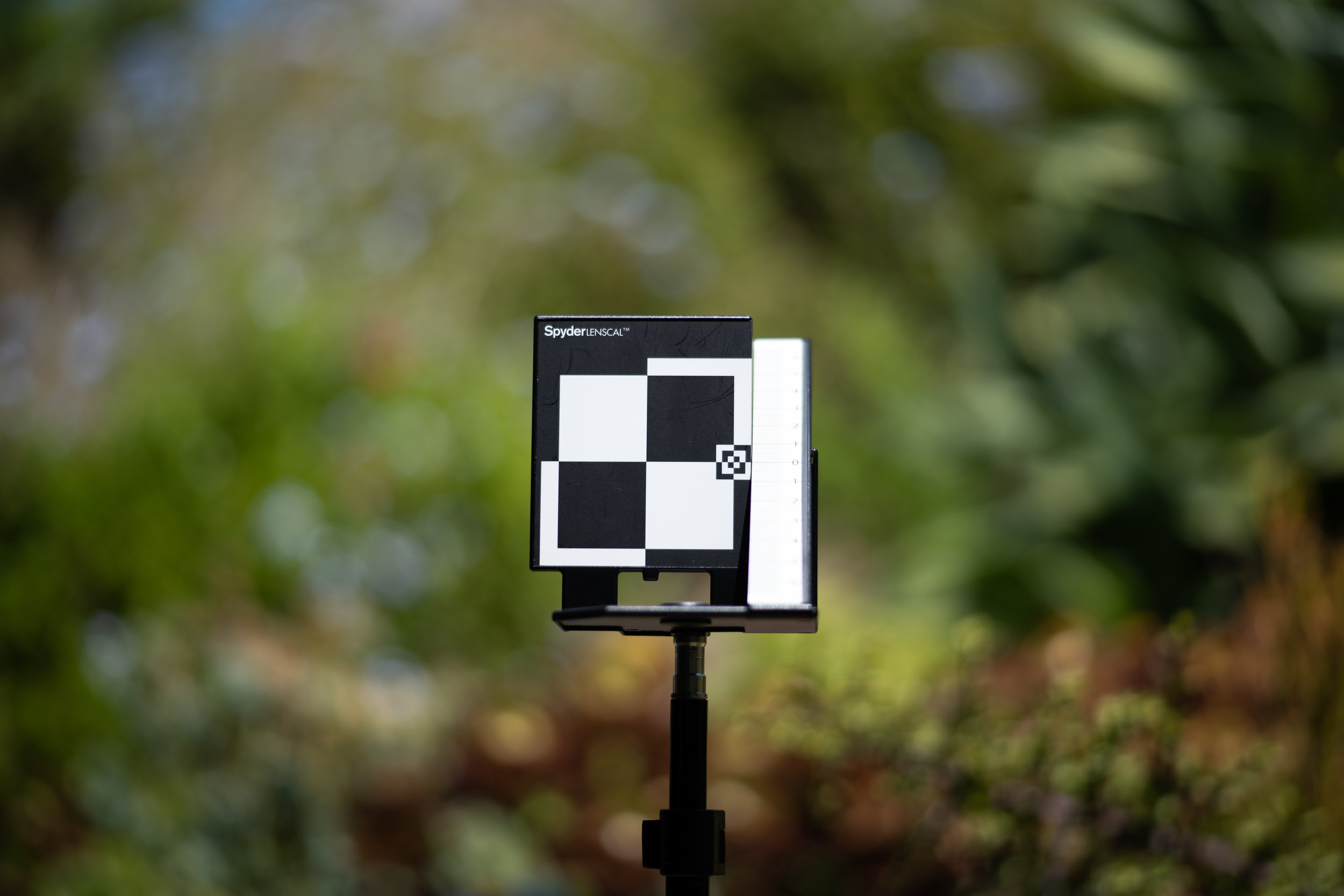
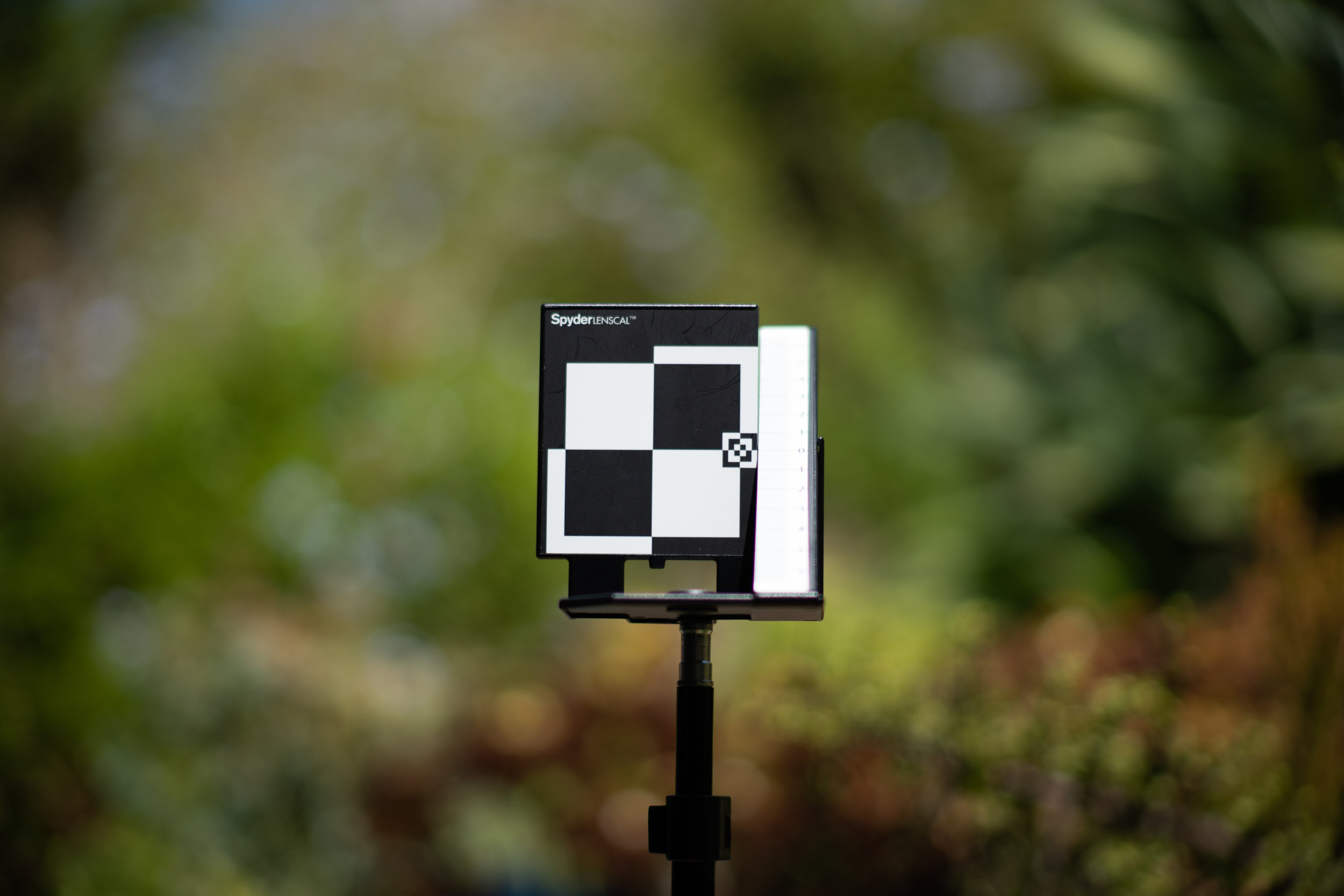
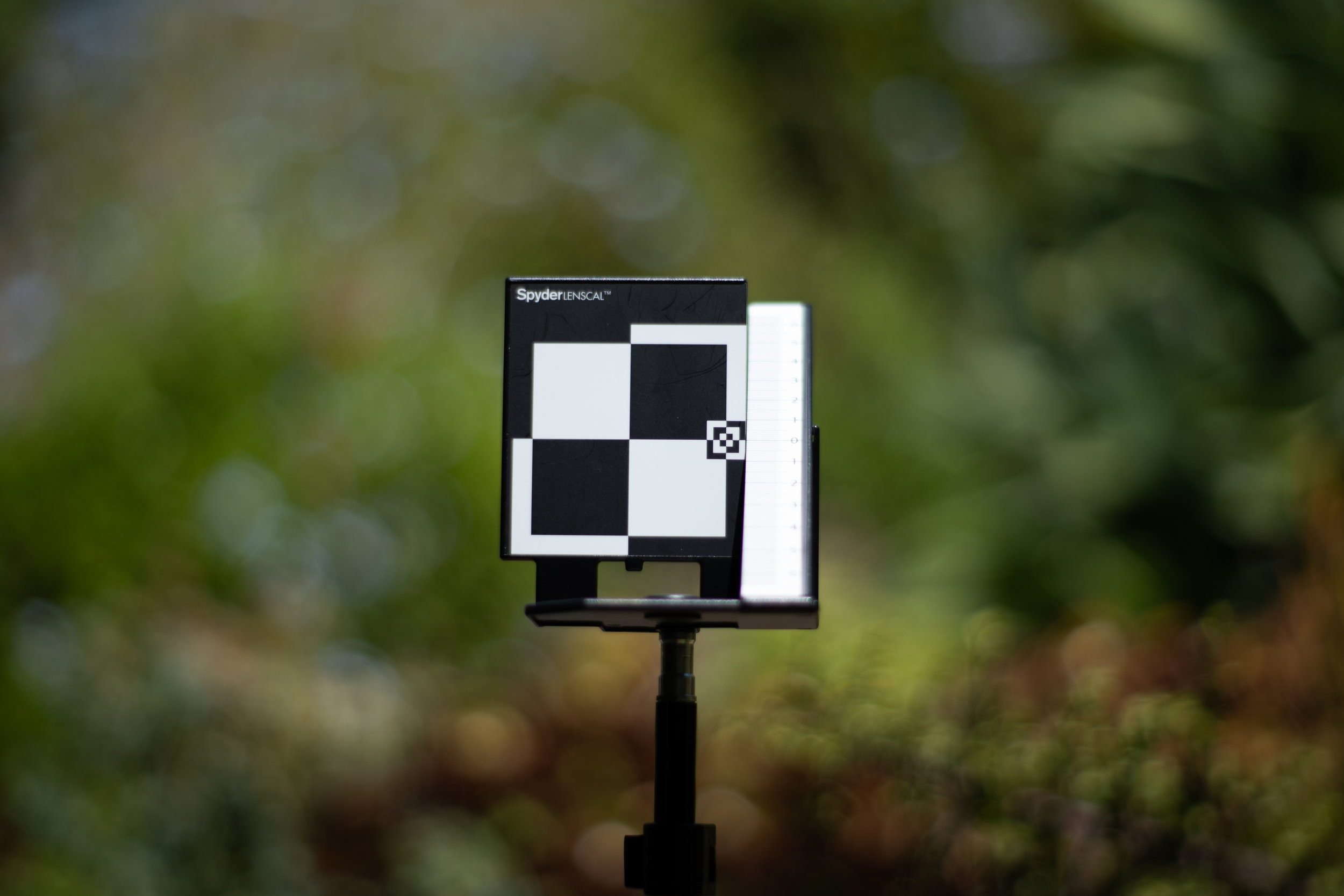
So looking at these photos one can observe several things. First, they all render nicely for their price-point. With the Nokton 75mm being sharpest and most modern rendering of them all. Then one notices the 7Artisans keeping-up and looking very similar to the Summilux 80mm from 1980’s. Thats both a testament to the high quality achieved back in the early 1980’s for the Summilux and shows how even inexpensive modern lenses can easily keep pace with older legacy glass. If you ever wanted a Summilux 75/80mm.. you may want to just pick-up the 7Artisans; super close. If you are an R-Mount shooter then the 80mm is your only option, perhaps the 90 Summicron but I have zero experience with that particular lens.
In use, the Nokton feels the most like any Voigtlander of late. It is well made, glass is stellar being sharp wide-open with smooth beautiful bokeh. It’s the easiest lens to recommend from casual to professional work and its purchase includes a vented hood which Voigtlander usually likes to charge a premium for. A definite bonus. Find some Nokton shots below.
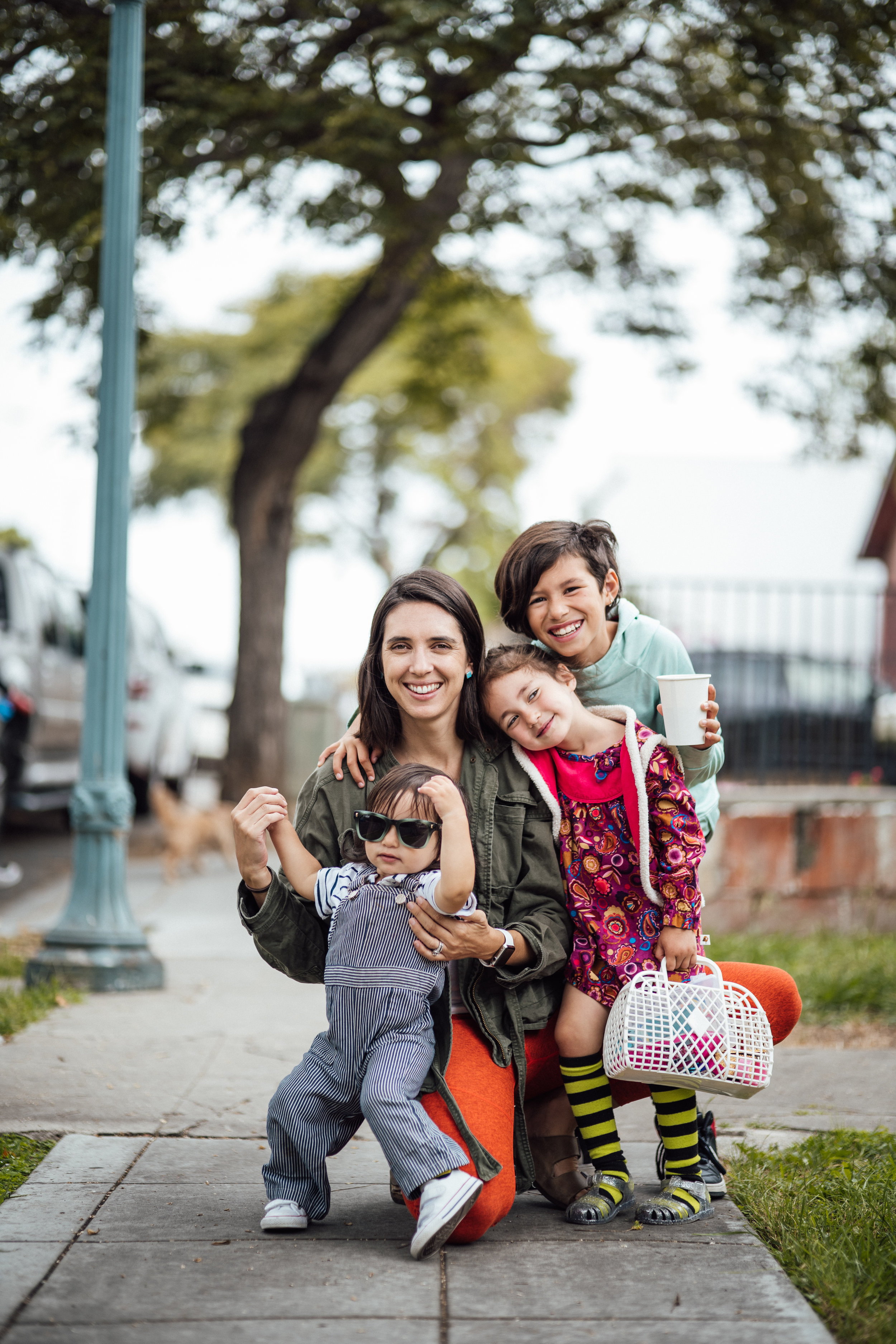
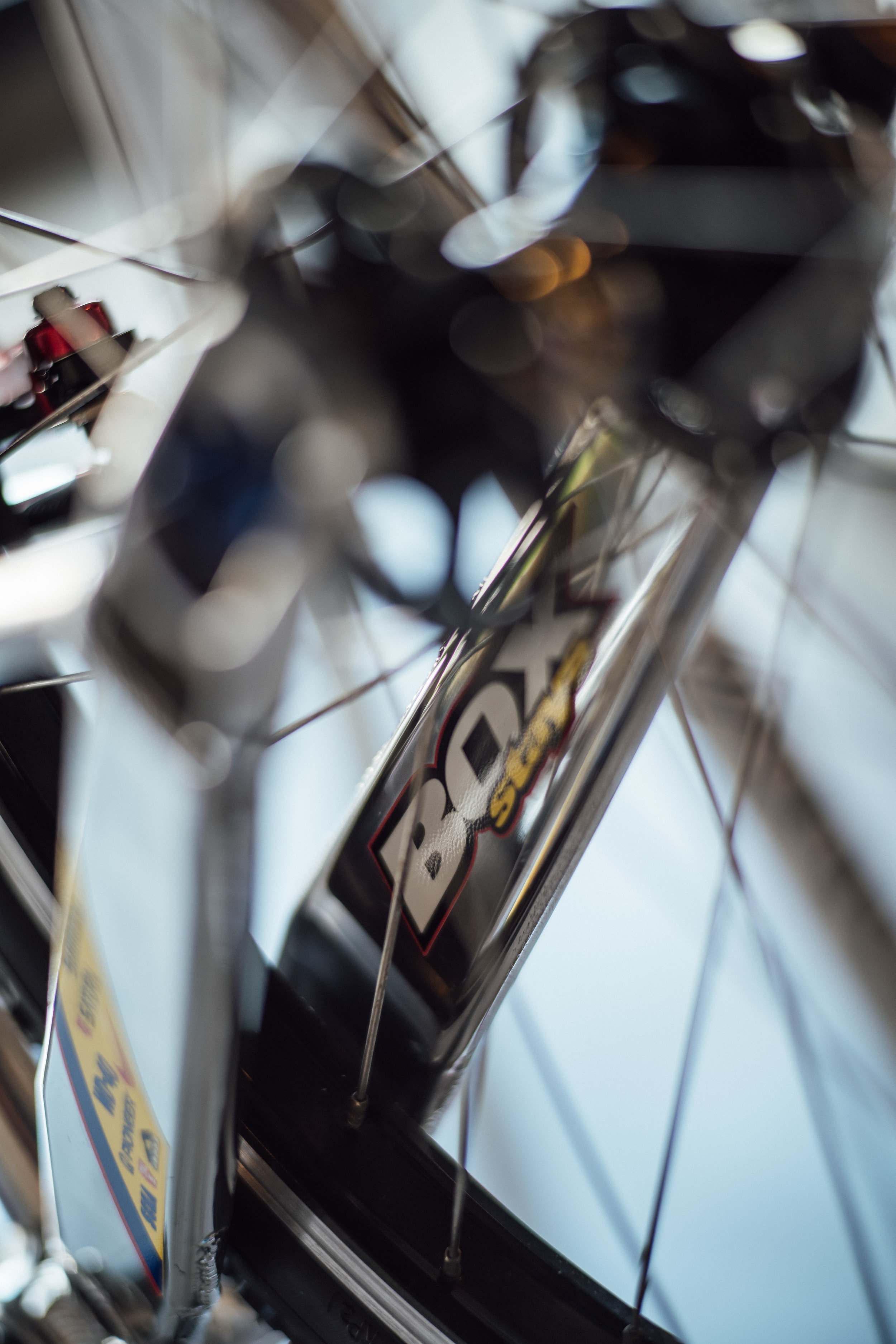
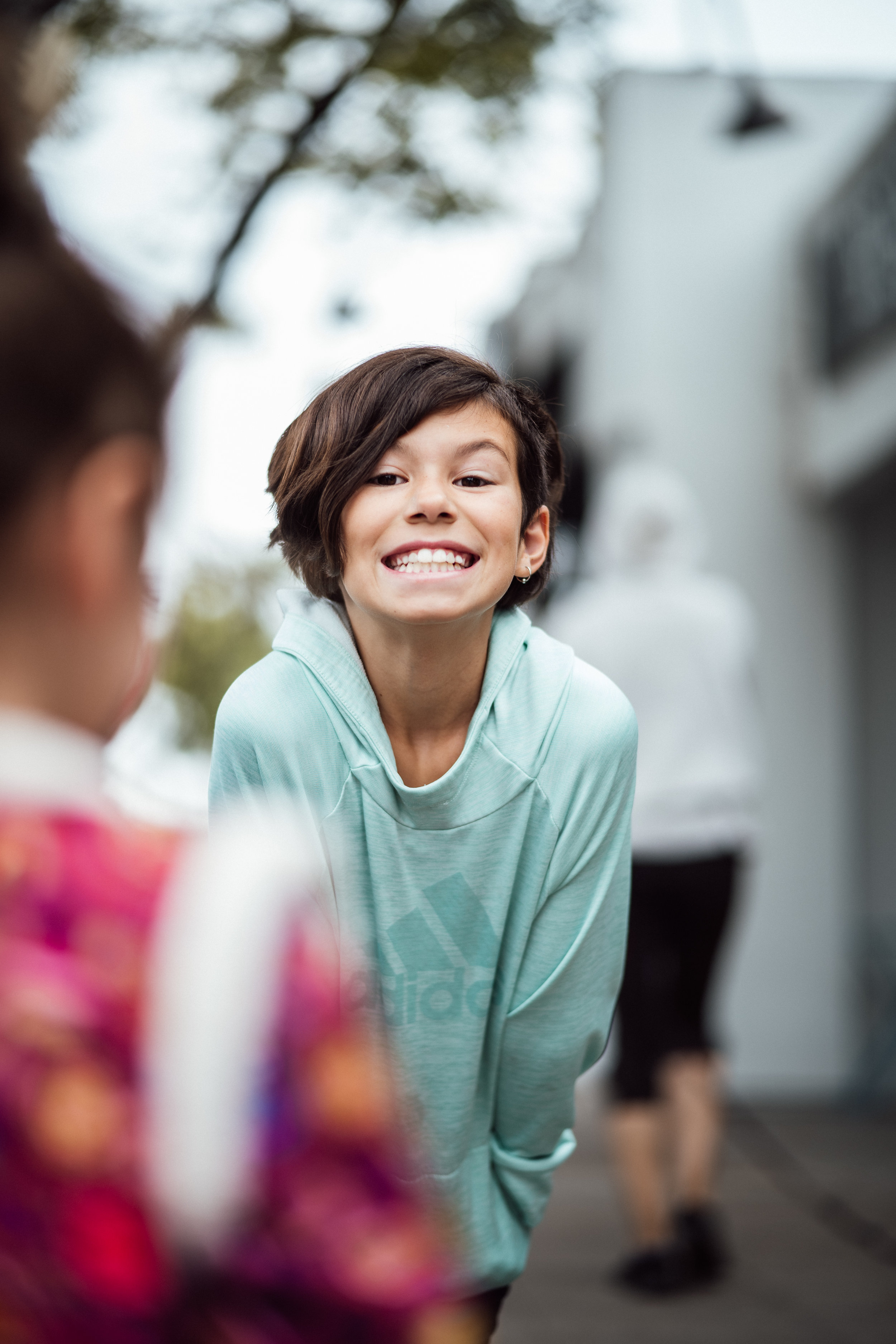
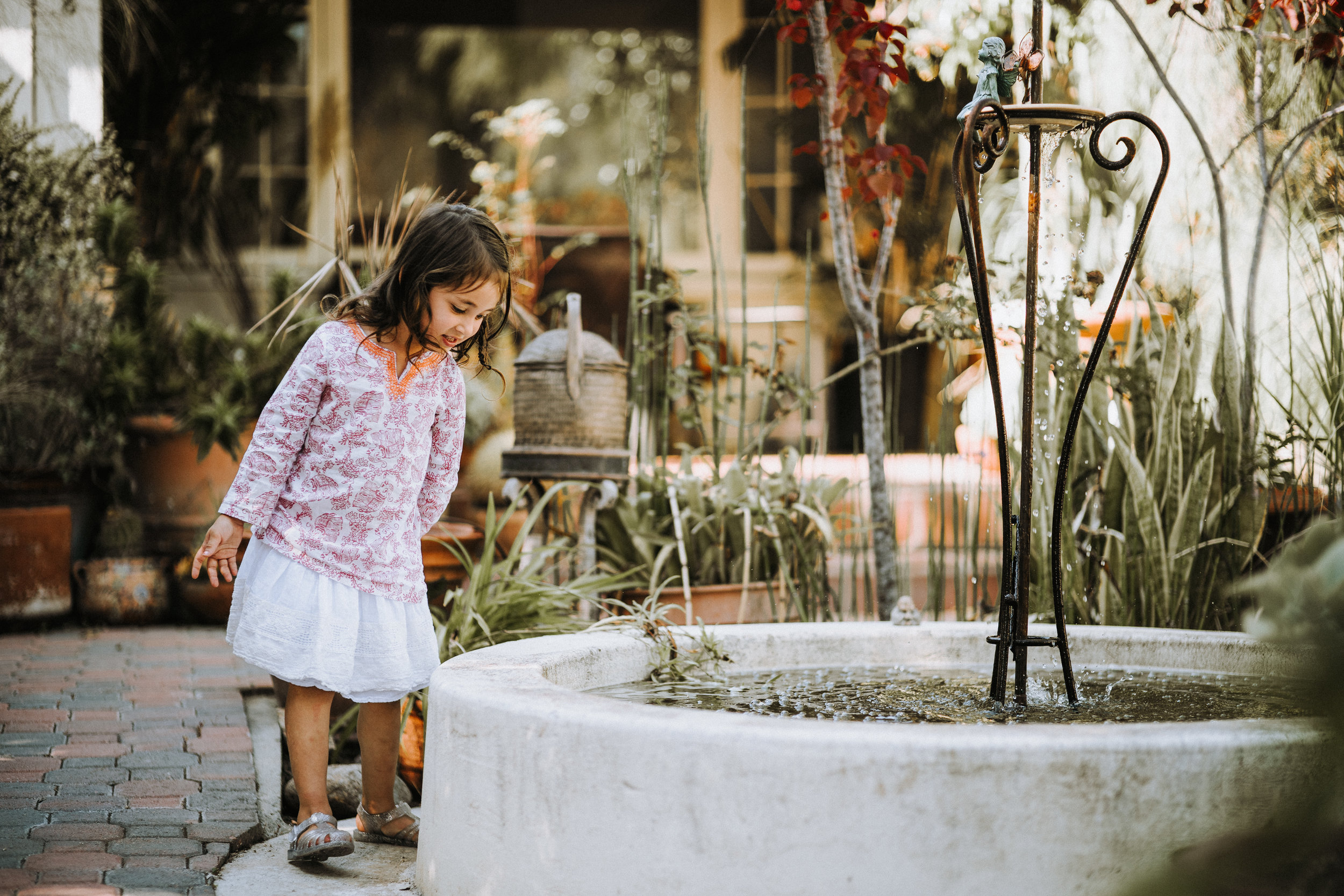
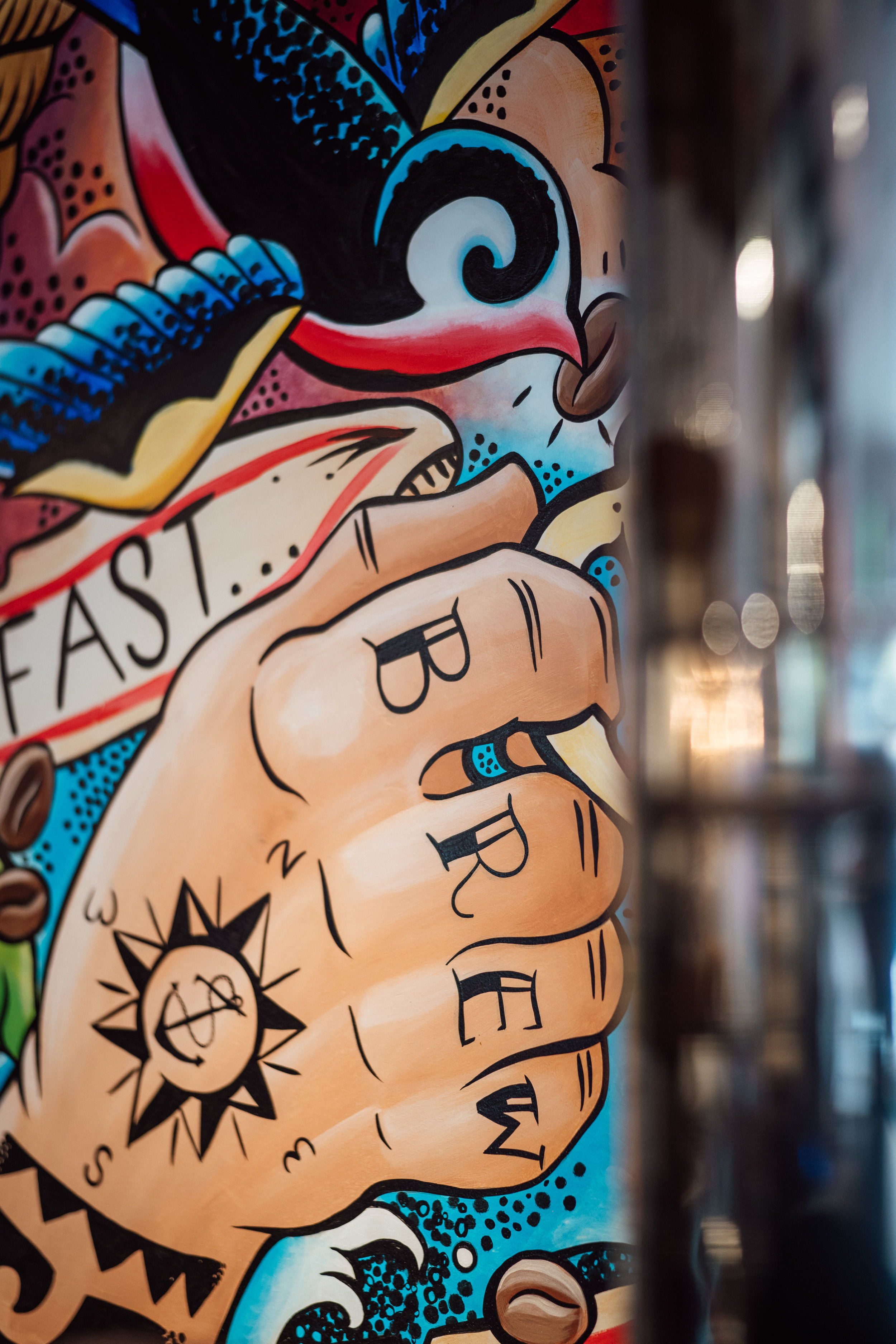
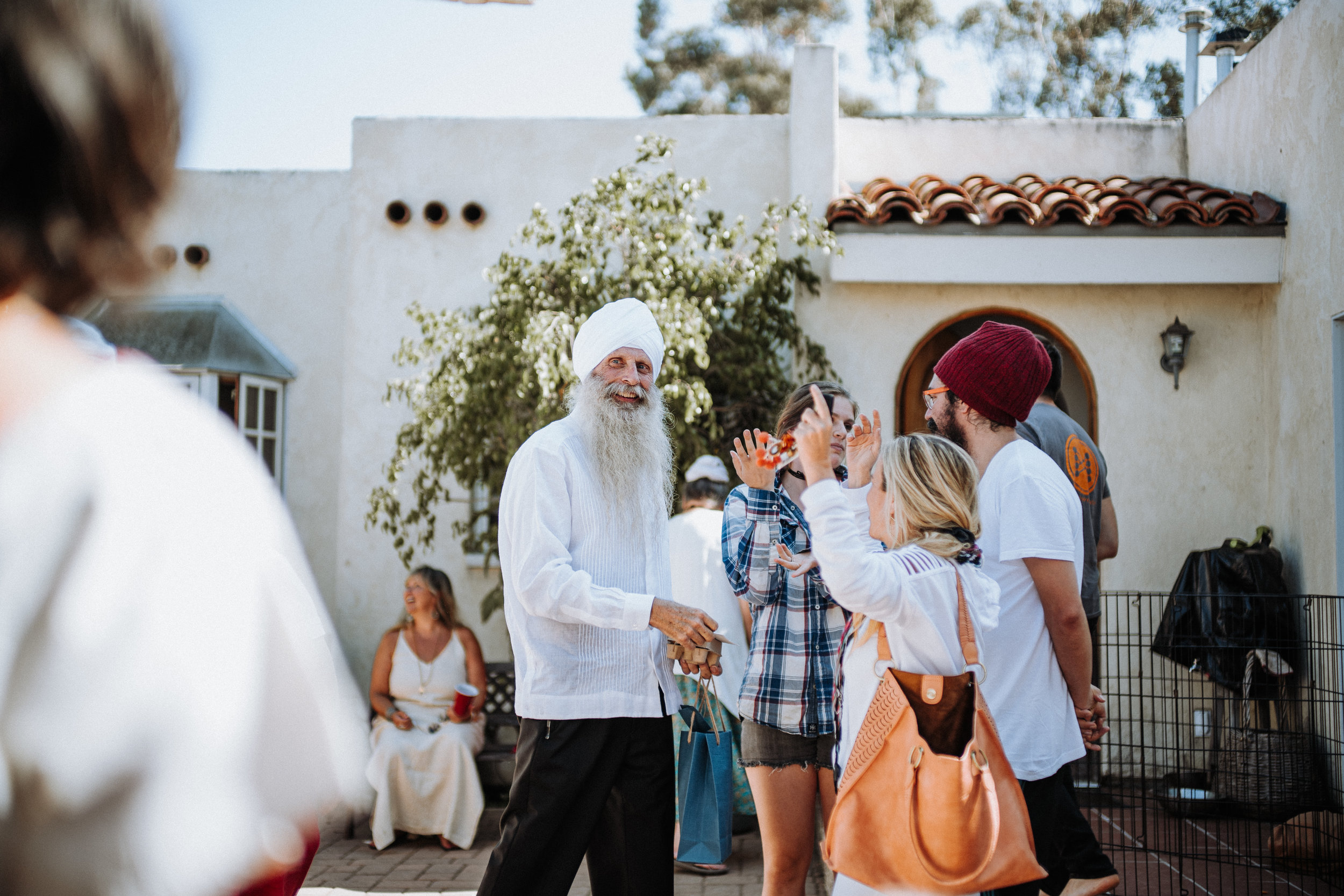

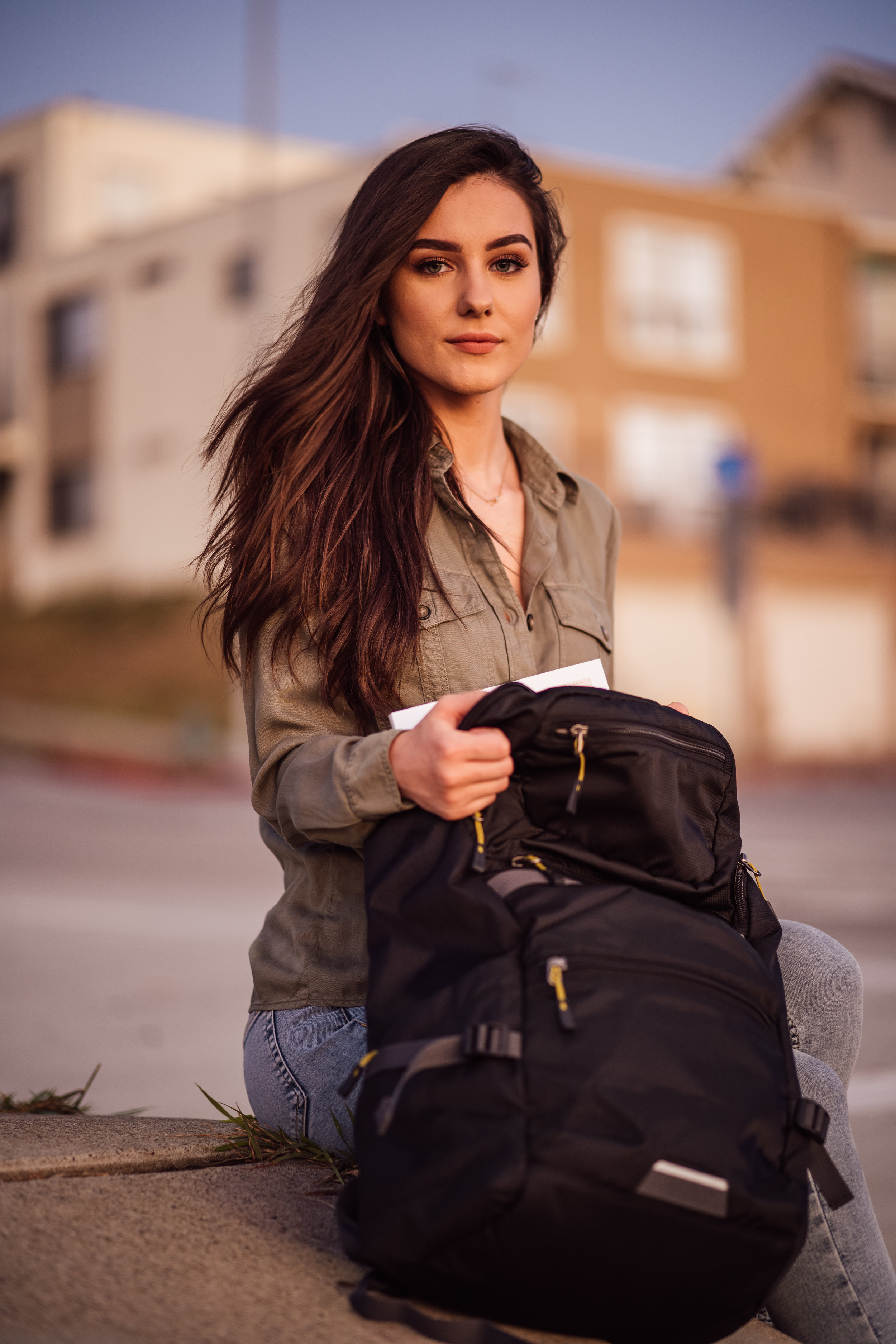
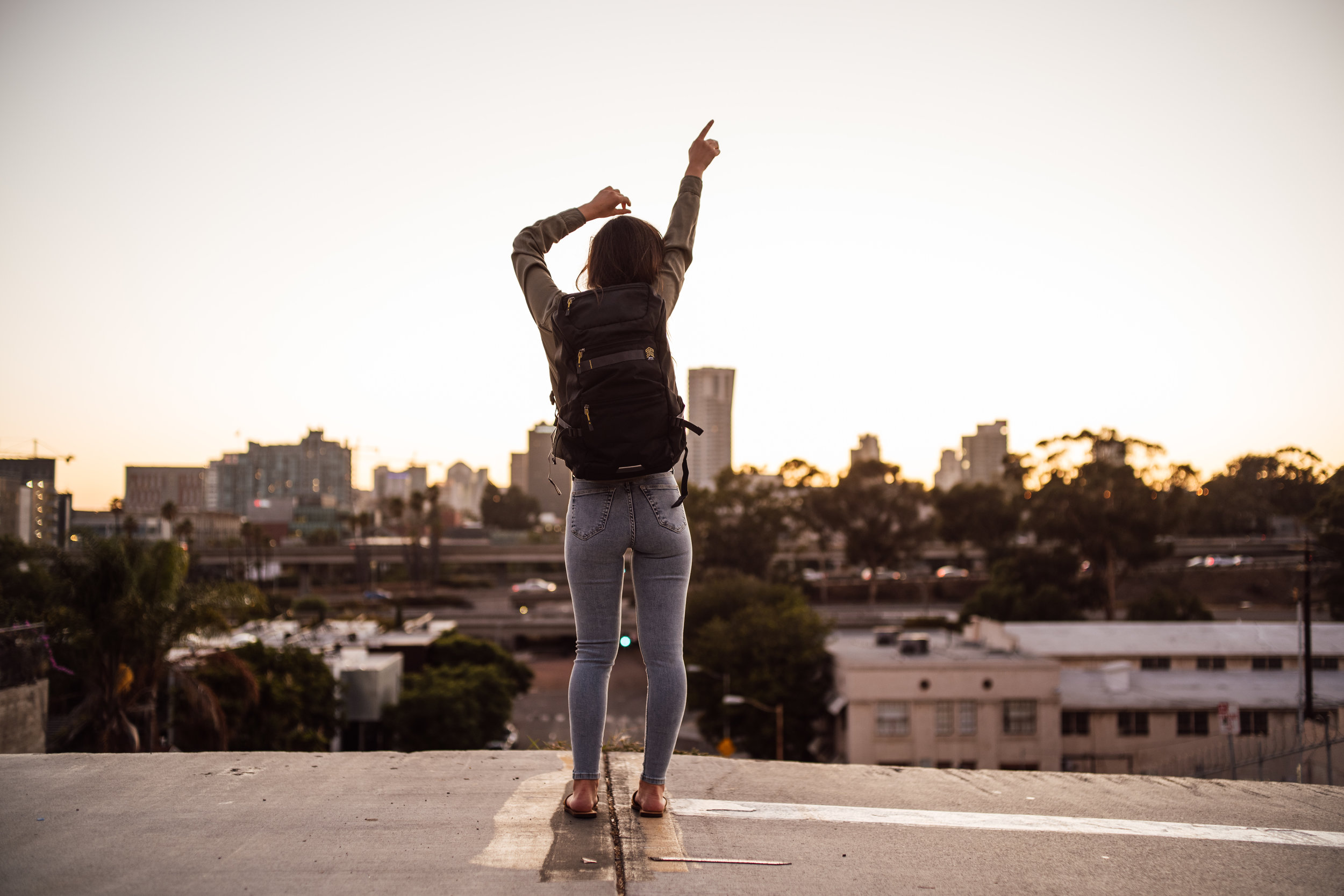
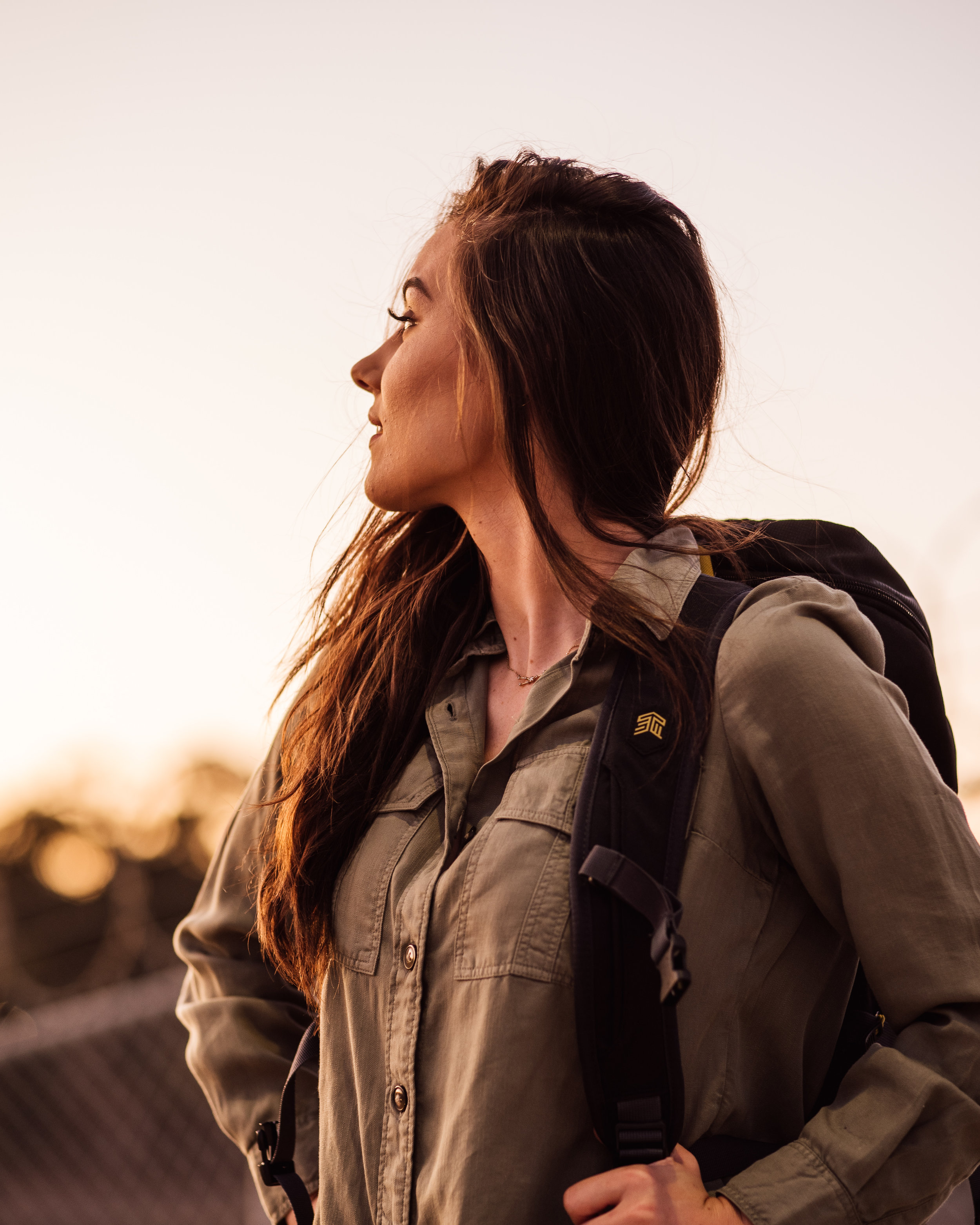
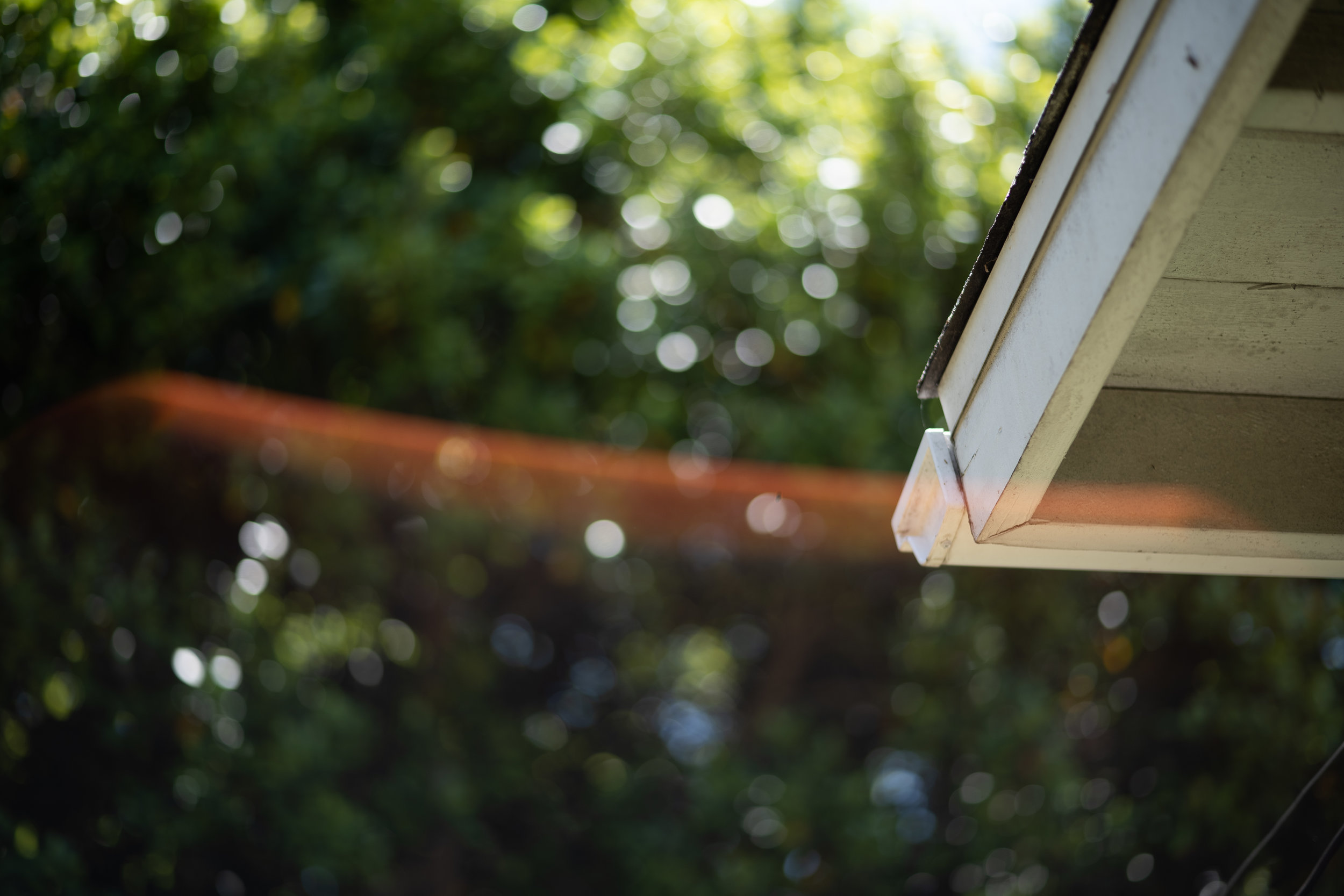
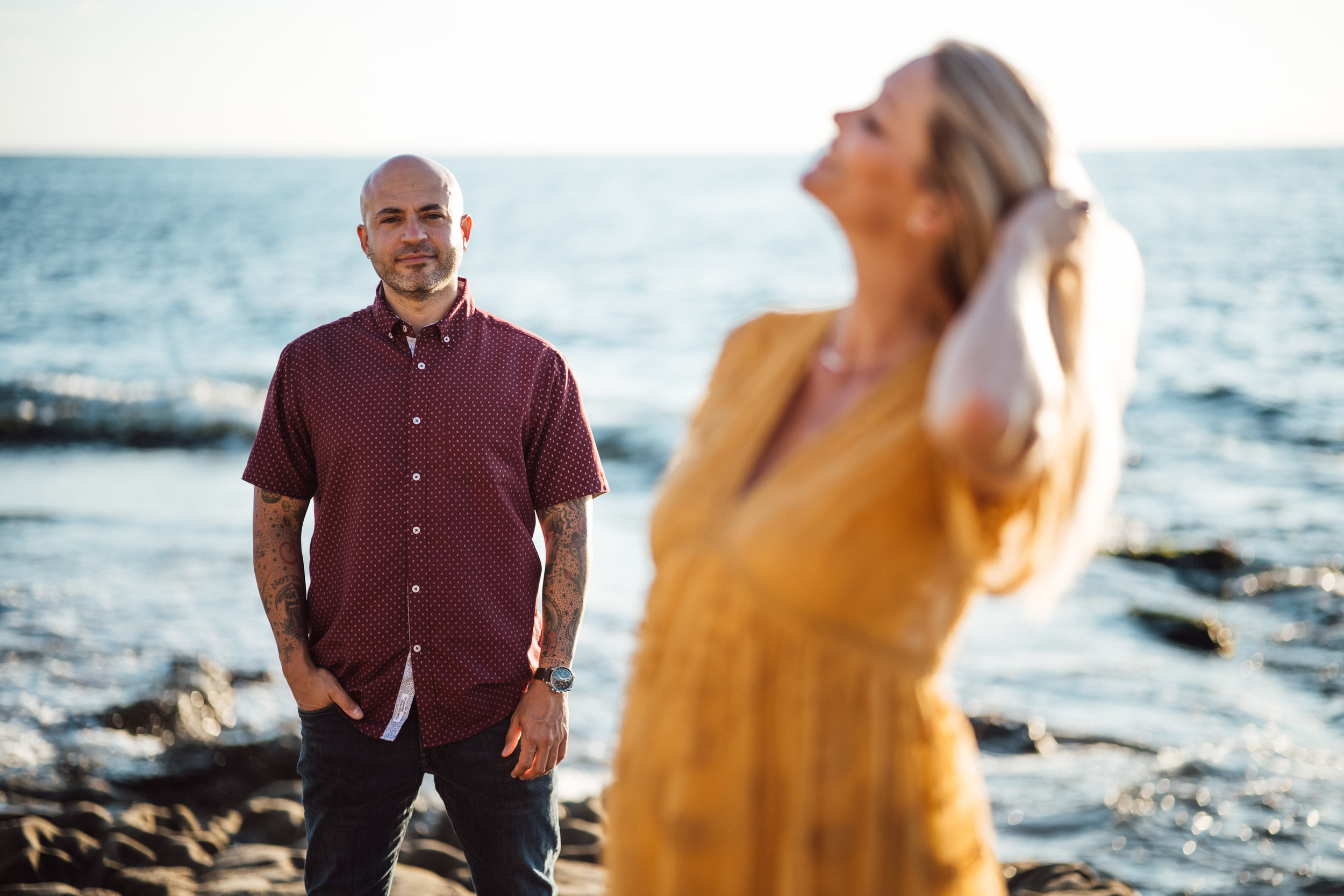

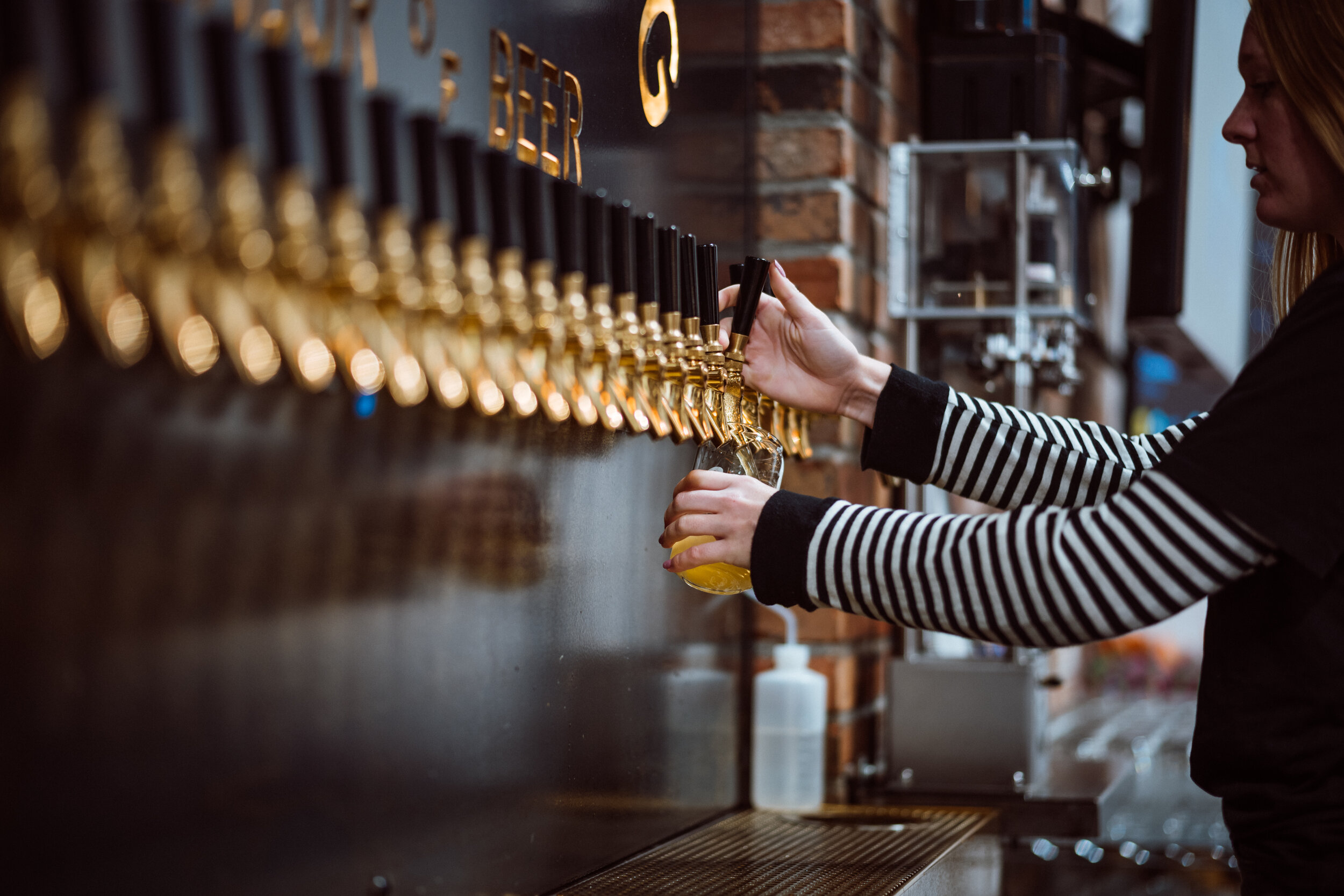
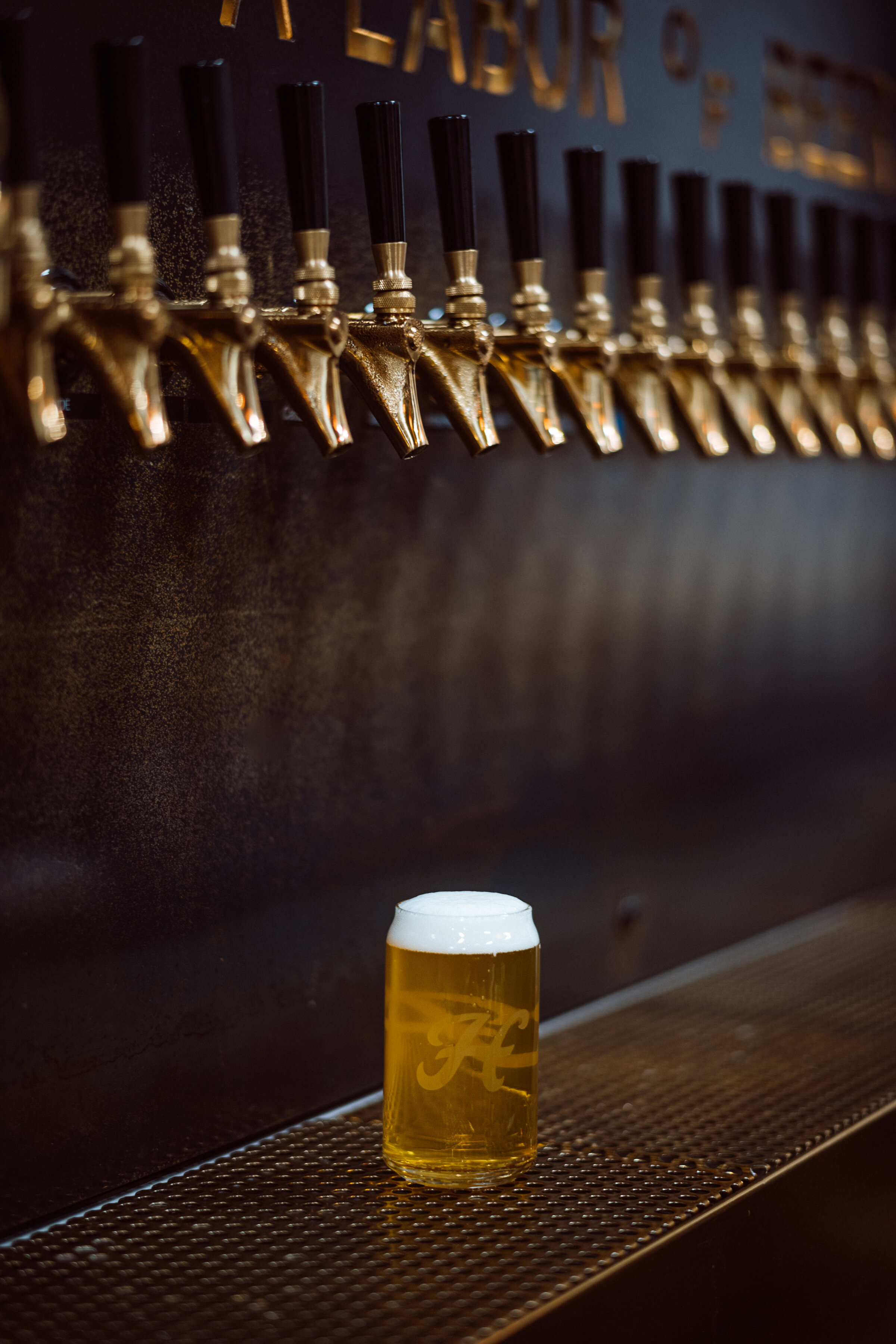

The new 7Artisans 75mm, its a actually pretty damn good! If you are looking for a lens with character reminiscent of older legacy glass, one that is probably most flattering for portraits due to being softer wide-open, and a bit of that ‘Madler Glow” then this could be a great option. At half the price of the Nokton 75mm, its a great way to have a short tele-photo in your arsenal if you don’t want to invest a ton of money. Or, if you don’t care for clinical sharpness and are looking for a short DOF with little sacrifice on build quality and buff arms (thing is heavy). Also, its very close to the performance and IQ of the much more expensive ($1,700-2,400) Summilux 80mm bokeh while retaining some similarities to the Nokton 75 ASPH design. Sorta an in-between lens if you will.
Chromatic aberration is quite well controlled on all lenses as well as flaring as all do a fine job and really shouldn’t be a problem with most scenarios. The Summilux probably doing best and the least expensive 7Artisans doing worst overall (all three lenses had B+W UV filters on them).
Some 7Artisans 75mm f1.25 shots below…
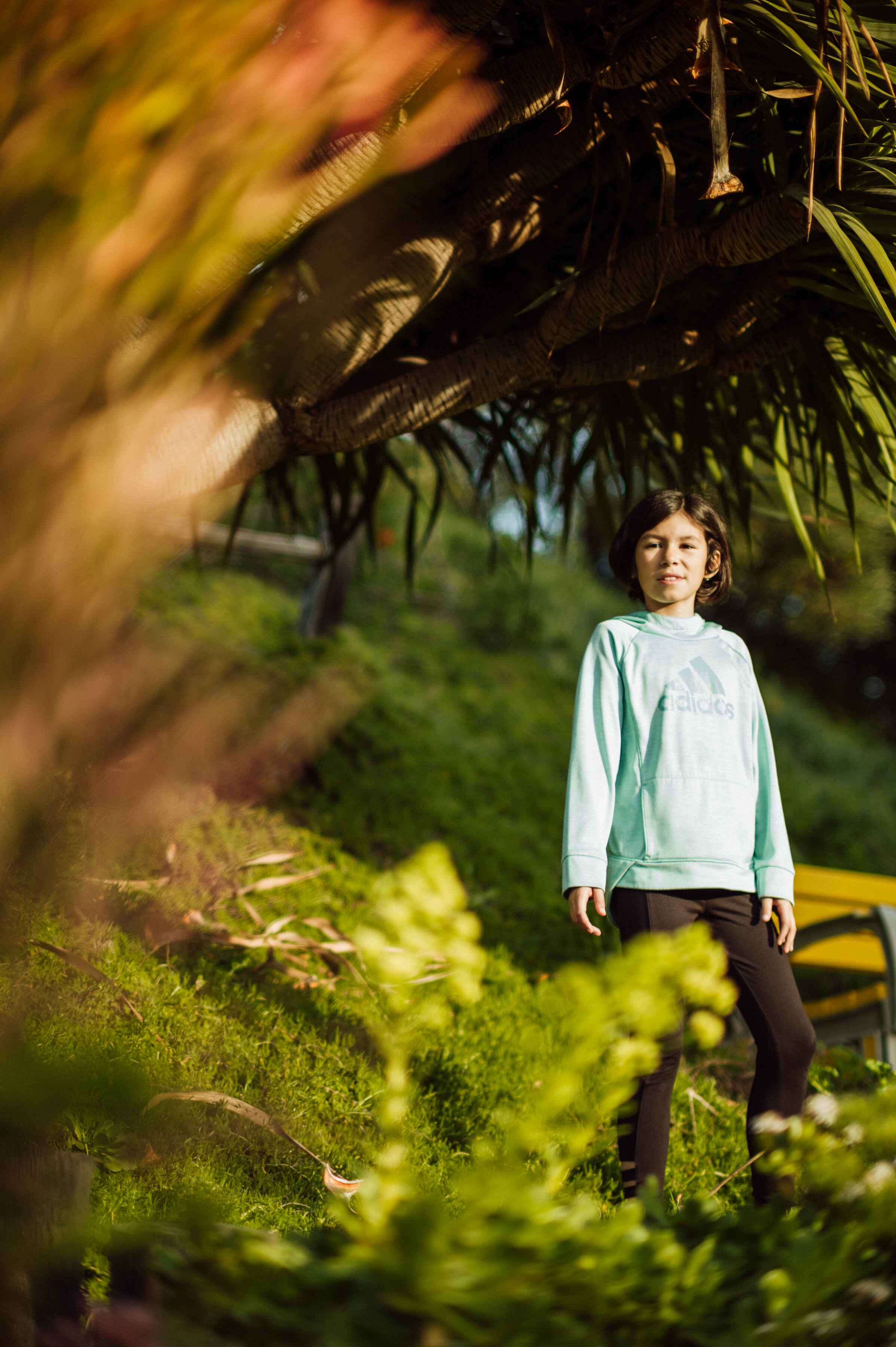
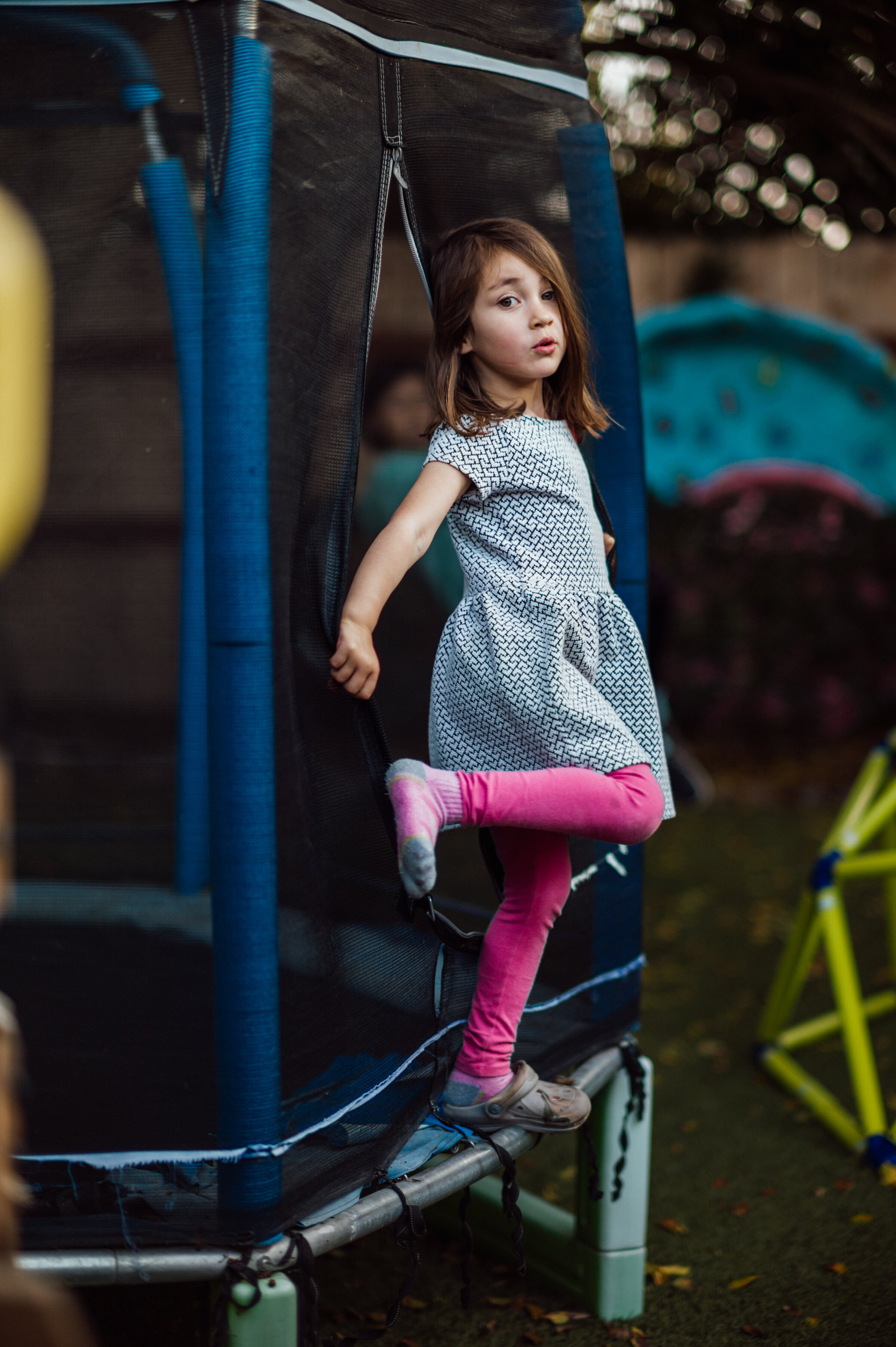
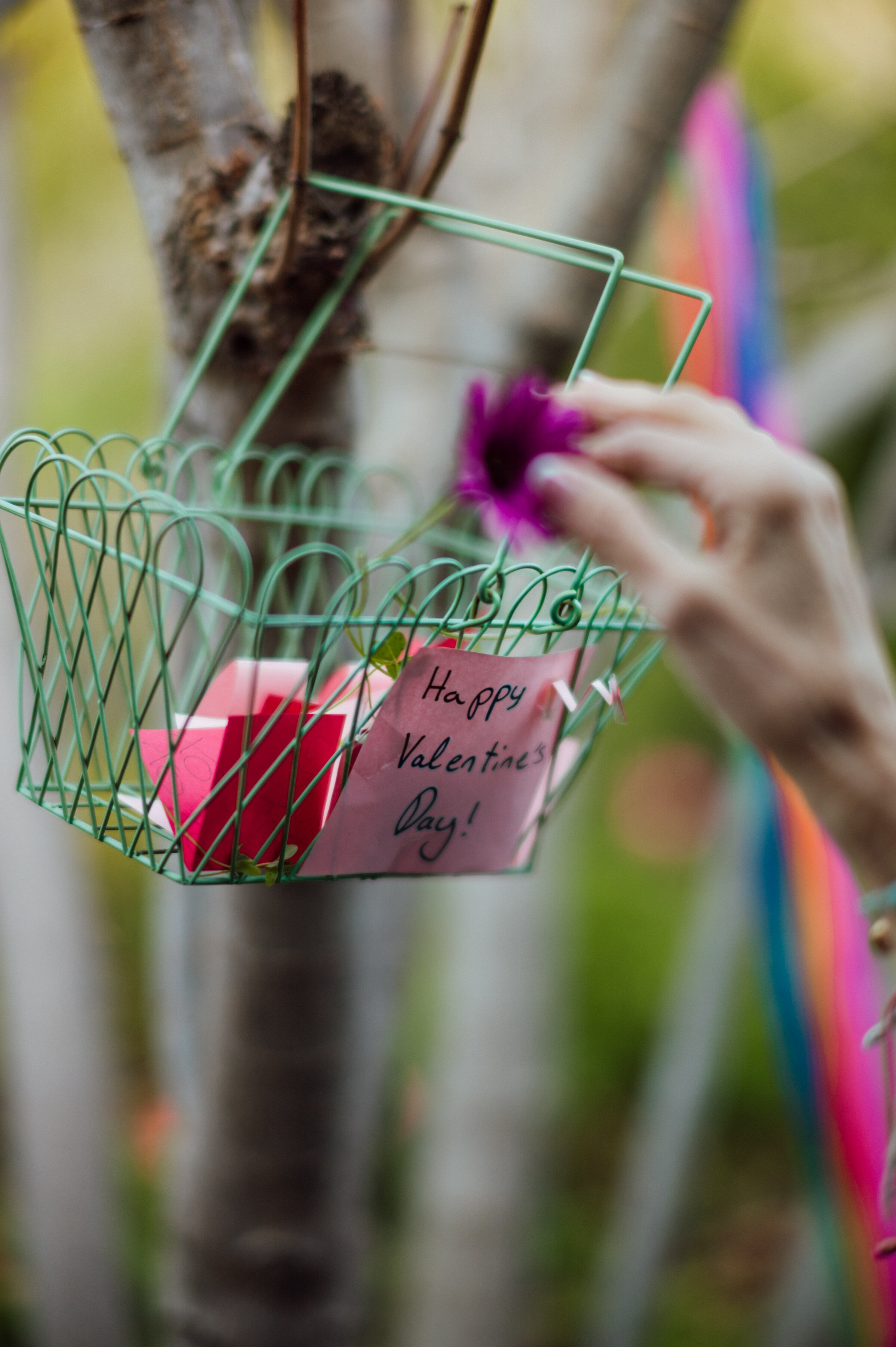




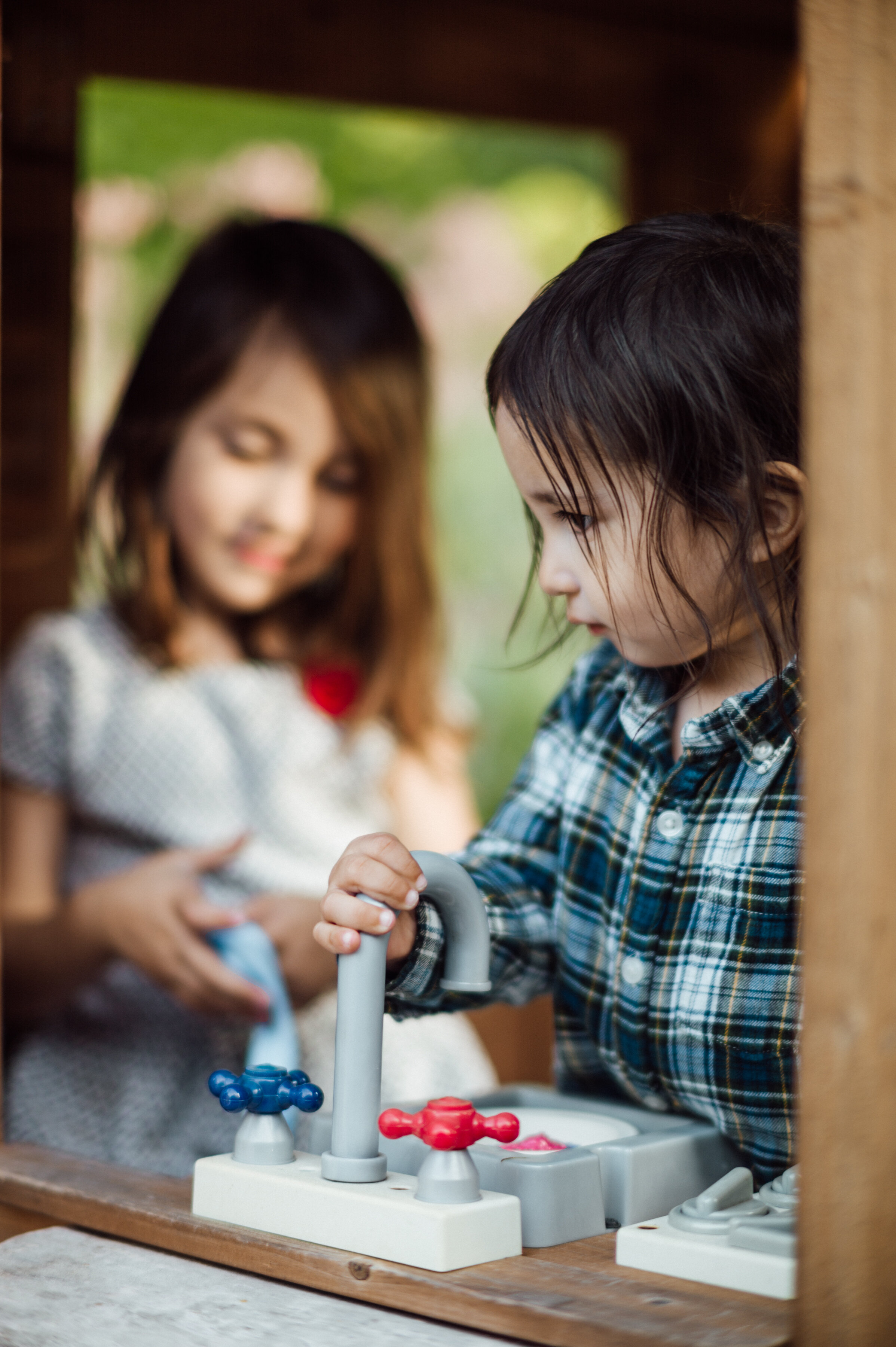
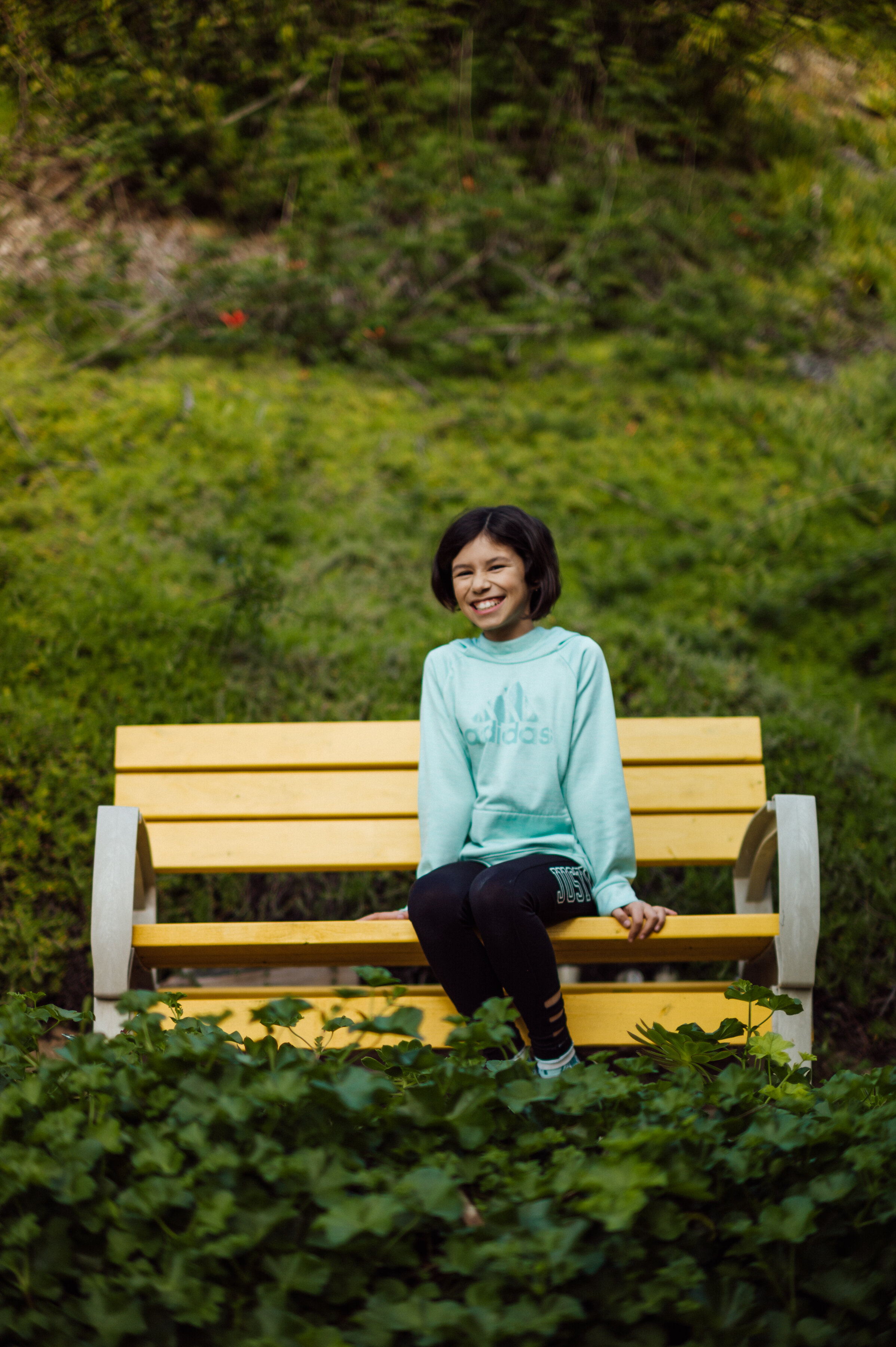
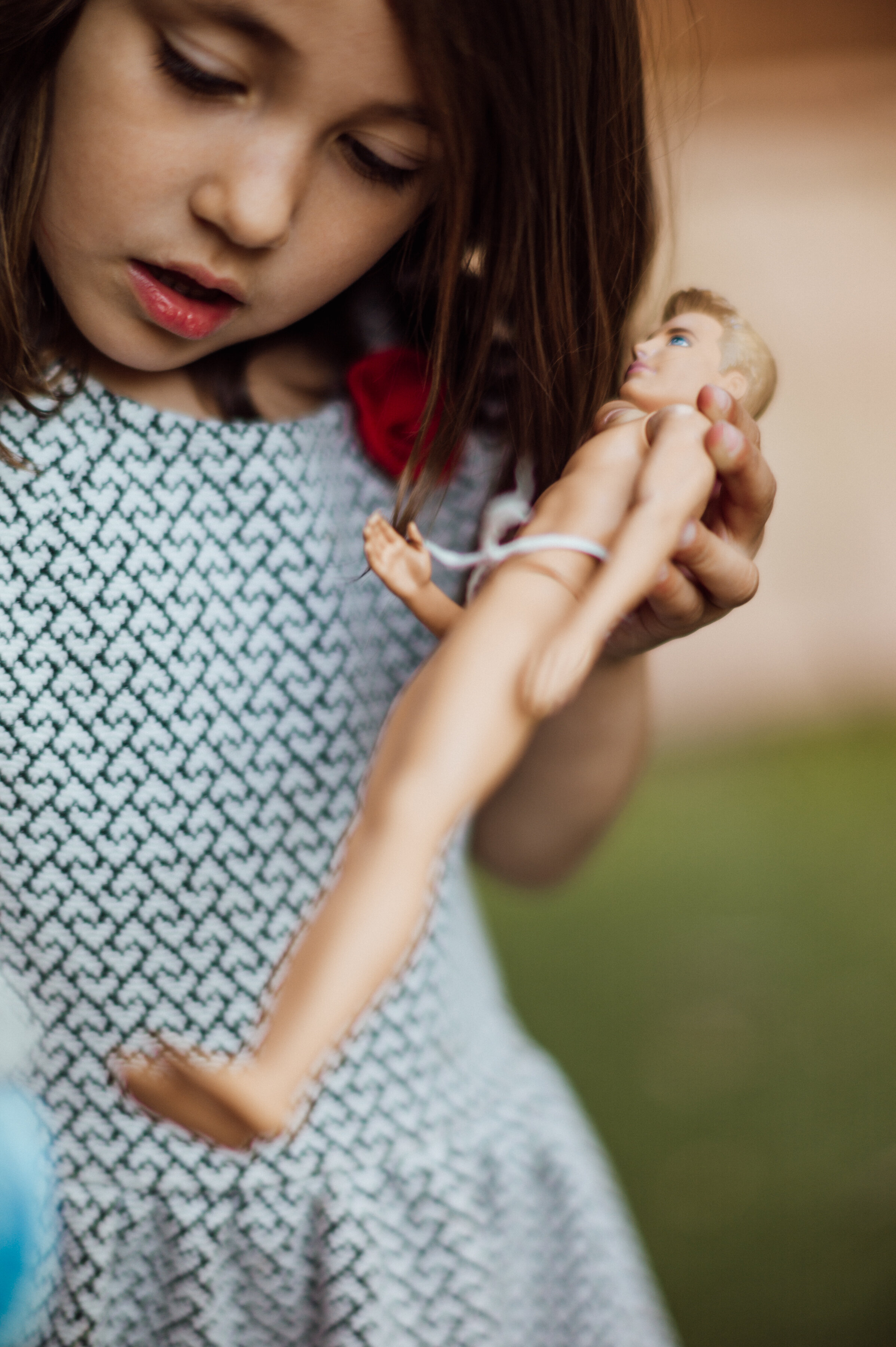
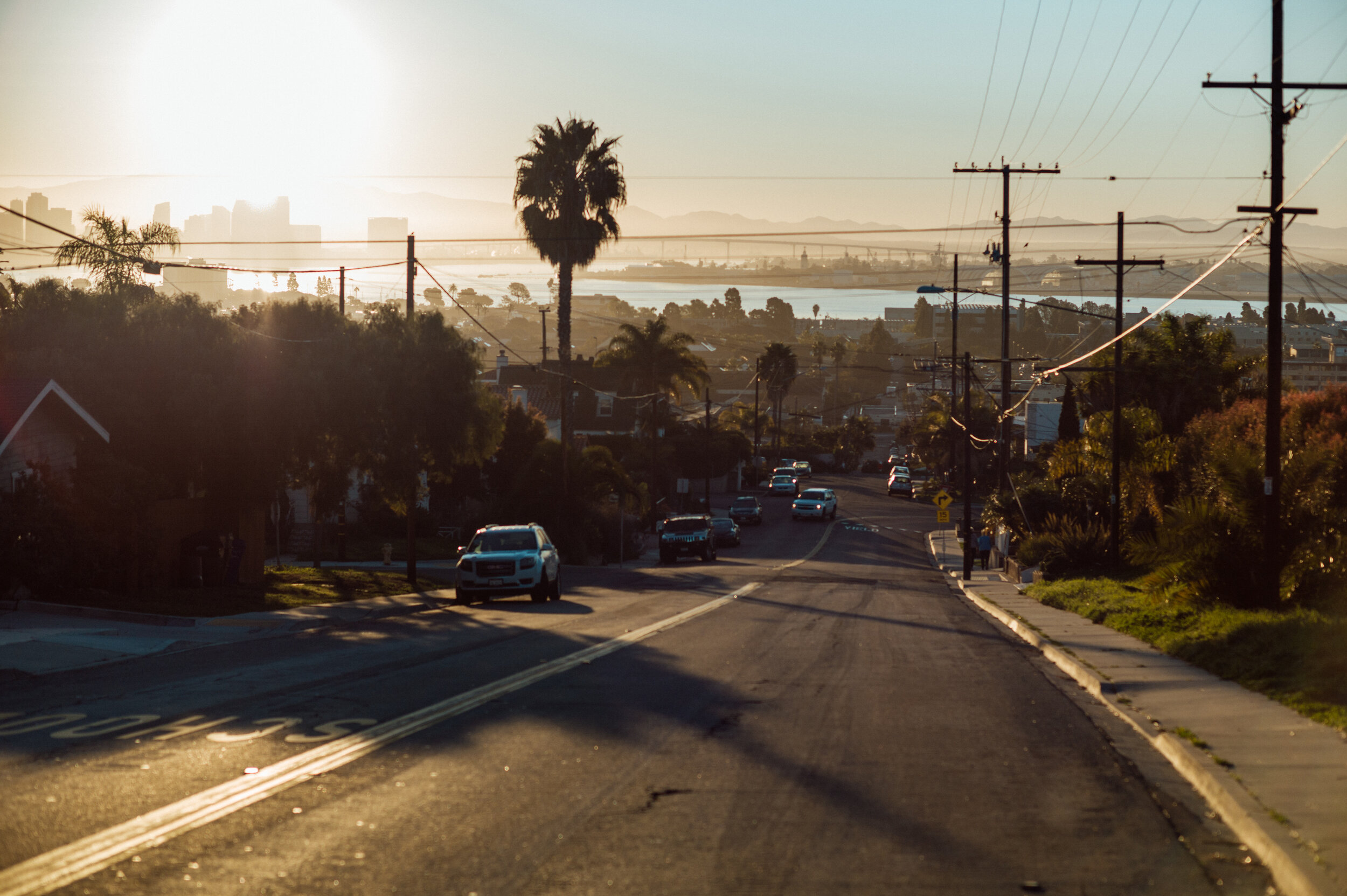


The Summilux is such a rad lens to use. Its like taking a trip back to 1985 when Leica built beasts, the digital revolution was 20 years away and film reigned supreme. As the crown jewel of the Leica R-Mount line (Thorsten Von Overgaard’s words not mine), the Summilux is perfectly suited for our Leica R9. And stopped down to f2, is more than sharp enough while still maintaining the super smooth bokeh its well known for. The Mandler Glow is in full-effect wide-open. And that’s a feature many look for. A glow to our images that flatter most all portrait subjects. Is it worth keeping now that these new lenses have been released…. only of you are a Leica R-Mount shooter. For use on mirrorless setups, its hard to argue that one can purchase both the Nokton 75mm and 7Artisans 75mm and save a few hundred over the purchase of one Summilux 80mm. Indeed you could grab the Nokton 75mm for commercial and product photography and pack the 7Artisans 75mm for family portraits and weekend adventures.
7Artisan 75mm f1.25 sample images below…
